Aimee Goguen, Mountain of the Collapse
Aimee Goguen, Mountain of the Collapse
October 8 – December 17, 2022
Opening: Saturday, October 8, 6-9pm
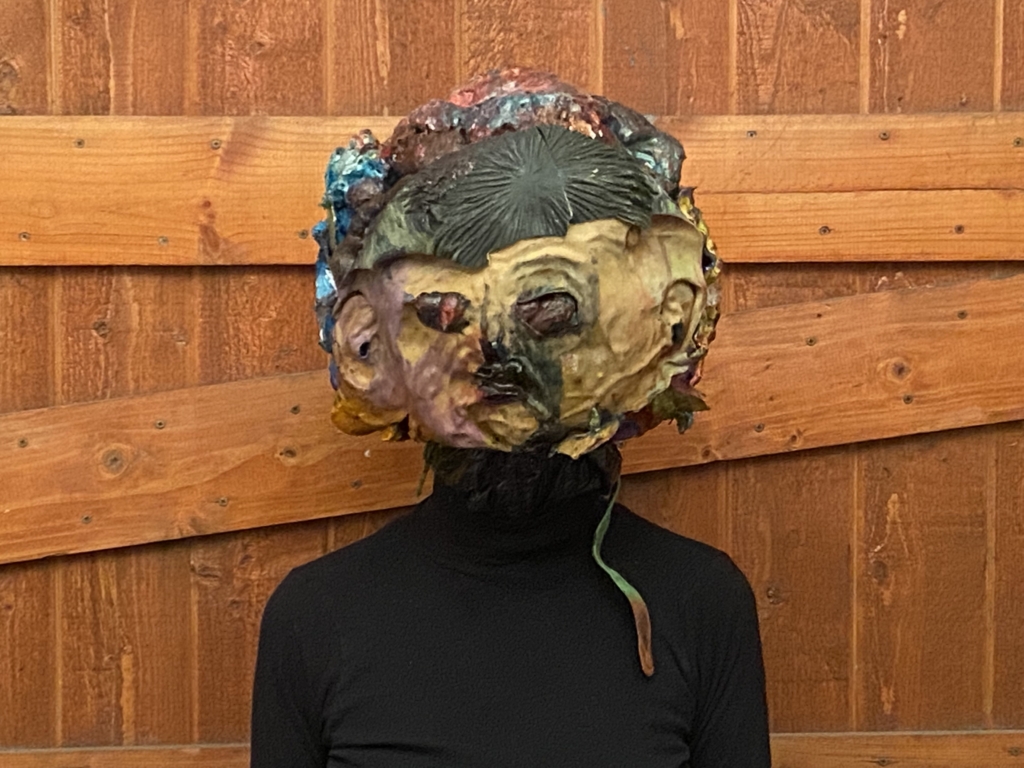
JOAN presents a solo exhibition by Los Angeles-based artist Aimee Goguen. A play on a survey show that traces Goguen’s body of work and interests over the last decade, Mountain of the Collapse includes new animations, drawings, sculptures, and paintings made for the exhibition in conversation with earlier work, centering her prolific experimental animations and videos. There will be a film program at 2220 Arts + Archives on November 20th and a closing reading event on December 17th at JOAN with works by friends and collaborators, highlighting the importance of Goguen’s community within her practice.
Anchored in fantasy, Goguen’s work has long dealt with themes of abjection and the grotesque in relation to the body and sexuality. At JOAN, she expands on these subjects by exploring decay and decomposition in the city’s social and political architecture. The installation builds on Goguen’s observations of the living and nonliving components of the built environment: the muck and scum on sidewalks, dizzying noise pollution and exhaust, small creeping animals, the sludgy in-and-out of overflowing trash cans and dumpsters, and the heaping piles of everyone’s ooze, putrefying and then solidifying on the sun-bleached streets of Los Angeles. Her work involves a process of collecting scattered pieces of waste and remains of demolished structures, colorful toys and plastics, and other miscellaneous discarded and recycled materials. By transforming these materials, Goguen understands her own physical being in relation to the time lapse of deterioration and decay that they trace. The artist writes in “Los Angeles Poem”:
We street walk and our bodies crack and fall apart, into pieces and particles down Broadway through downtown Los Angeles. We walk across blood and glass and plastics. Smelling like human defecation and dog. Trash cans and dumpsters overflow from an overpopulated city, from the production of the city and mass consumption of product within the city…
The body Goguen puts forward is a messy and amorphous creature, fragmented and re-assembled into a new whole — whether placed in motion or paused in time. Frankenstein-like composites reimagine anatomy and physiology, performing decomposition and mutation as they endlessly shape-shift into new forms. The figure of the body presents itself as a large, unidentified mass — a poltergeist, a rupture, and an avulsion of energy. In older live-action work recorded with a Hi8 camcorder, the body and its orifices are zoomed in on and studied. Goguen’s friends perform actions selected from her writing but their responses are improvised. Degraded analog videos document repetitive sequences of playful subjection to construct a psychosexual landscape that feels both intimate and confrontational. These short scenes have a DIY home-movie sensibility with an interest in mess, grime, and sensual excess: sticky goo trickles; fake blood appears in a corny horror scene; slapping, slamming, and sloshing is captured. The discomfort for both actors and viewers creates a sense of communion through fanciful acts of deviance.
In this escapist space, everything is possible even when banal and semi-scripted: the body collapses as fluids run together; plastics melt to join each other; piles of trash double as intestinal parts. Objects and sequences move seamlessly across media, and refuse to be experienced in a singular way or at a fixed rate of motion, pointing to Goguen’s endless experimentation with the possibilities of a given medium. Sculptures and drawings perform as props in films, while backdrops from videos that were never made appear as failed sculptures in the installation. The twenty-four crash helmets on display were created to capture a single second of animation — one head morphing into another. New meanings are forever made from processes of transformation and decomposition in a tireless exploration of material and psychic surfaces, including the friction and melding of collaboration. Goguen captures a queer communal world that brings together improvisation and flights of imagination: a place in which a splinter can rip open a hidden life, where one needs to zoom in to zoom out, and each cut with the camera reads like a poem that may or may not ever be fully finished.
JOAN is also thrilled to release a limited-edition cassette tape and print by Goguen. More info here!
This exhibition is supported in part by a grant from the City of Los Angeles Department of Cultural Affairs.
Image: Aimee Goguen, Inside-out-girl, 2022. Courtesy of the artist.
Aimee Goguen is a video artist, object-maker, and experimental animator based in Los Angeles. She has participated in group shows including Accidentally on Purpose, Panel LA, Los Angeles (2017); Protuberances at LAXART, Los Angeles (2016); THINGS: a queer legacy of graphic art and play at Participant Inc, New York and ONE Archives, Los Angeles (2016); and screenings at venues including REDCAT, Los Angeles (2020); Anthology Film Archives, New York (2015); and White Columns, New York (2014). Her animation appears in the films Queercore: How to Punk a Revolution and William S. Burroughs: A Man Within, and her video work has been included in such anthologies as The Oxford Companion to Queer Cinema, and reviewed by William J. Simmons and Dodie Bellamy. Her writing has been published by Golden Spike Press, Curse of Cherifa, and Playboy Magazine. Goguen has generated analytical lists for artists including Math Bass, Seth Bogart, Hayden Dunham, Tom of Finland, and Alfred Hitchcock. Goguen co-curated Afterglow: Summer Video Series with Harry Dodge. She was awarded the Rema Hort Mann Foundation Emerging Artist Grant. Goguen received her BFA in Film/Video and MFA in Art at California Institute of the Arts.
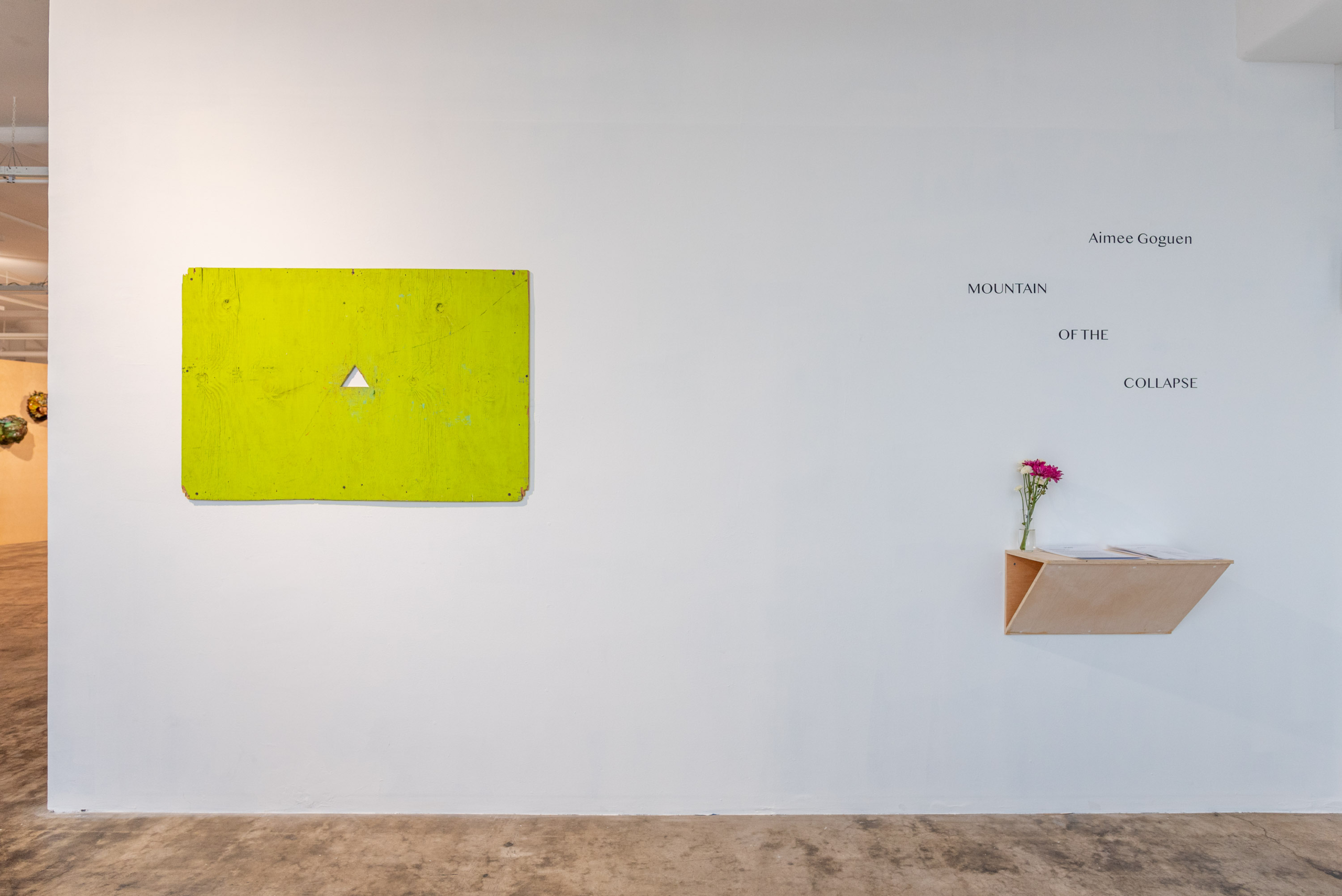
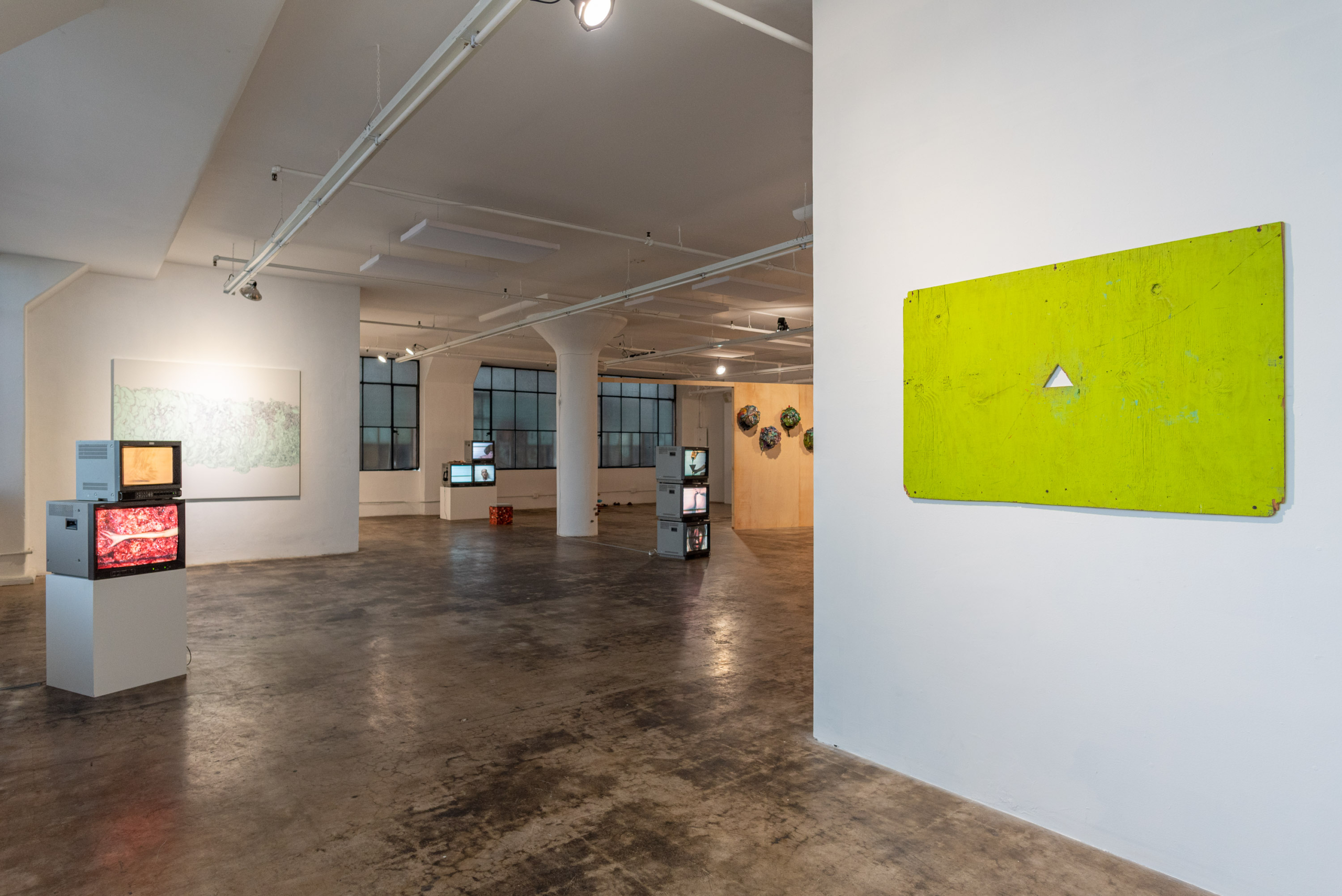

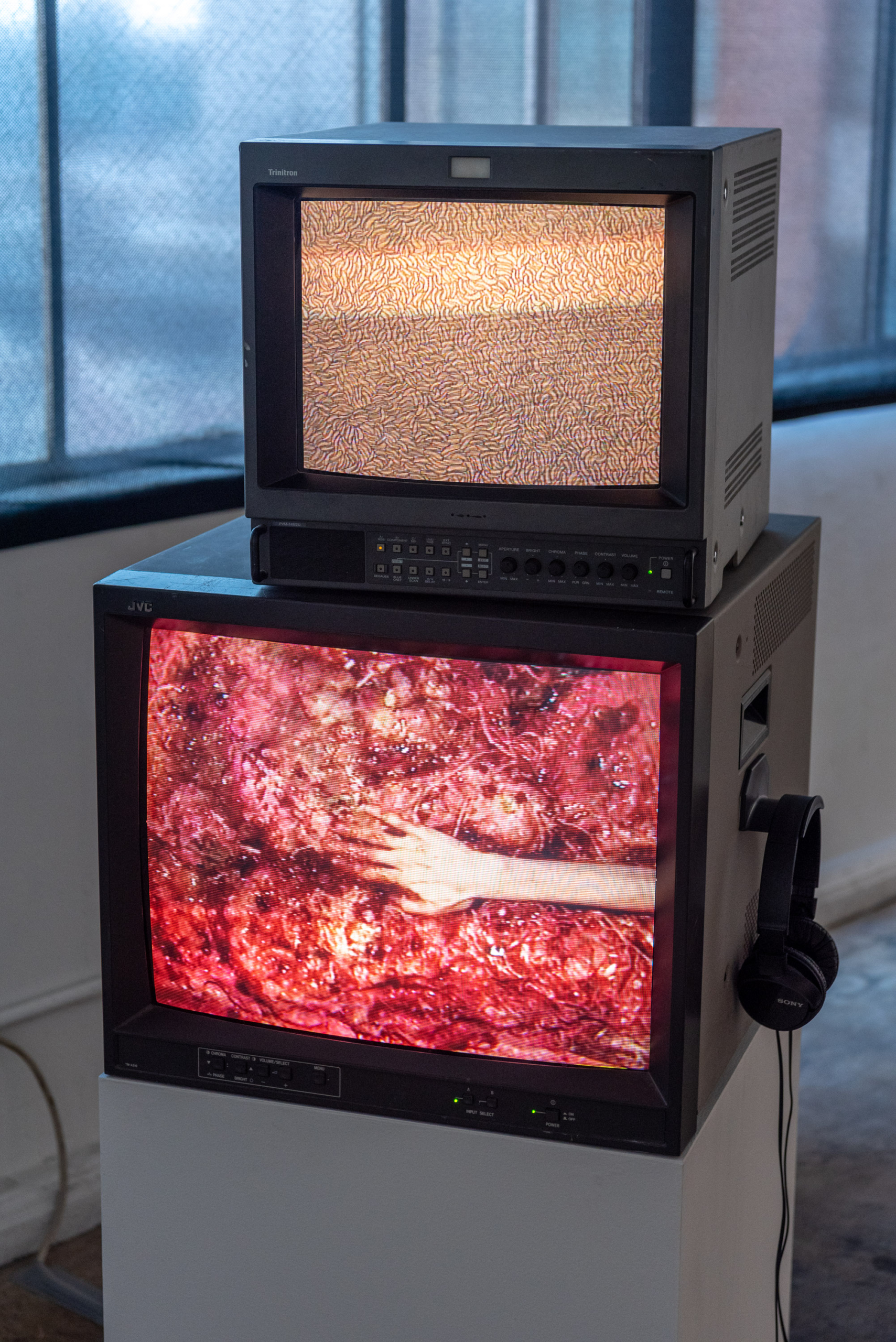
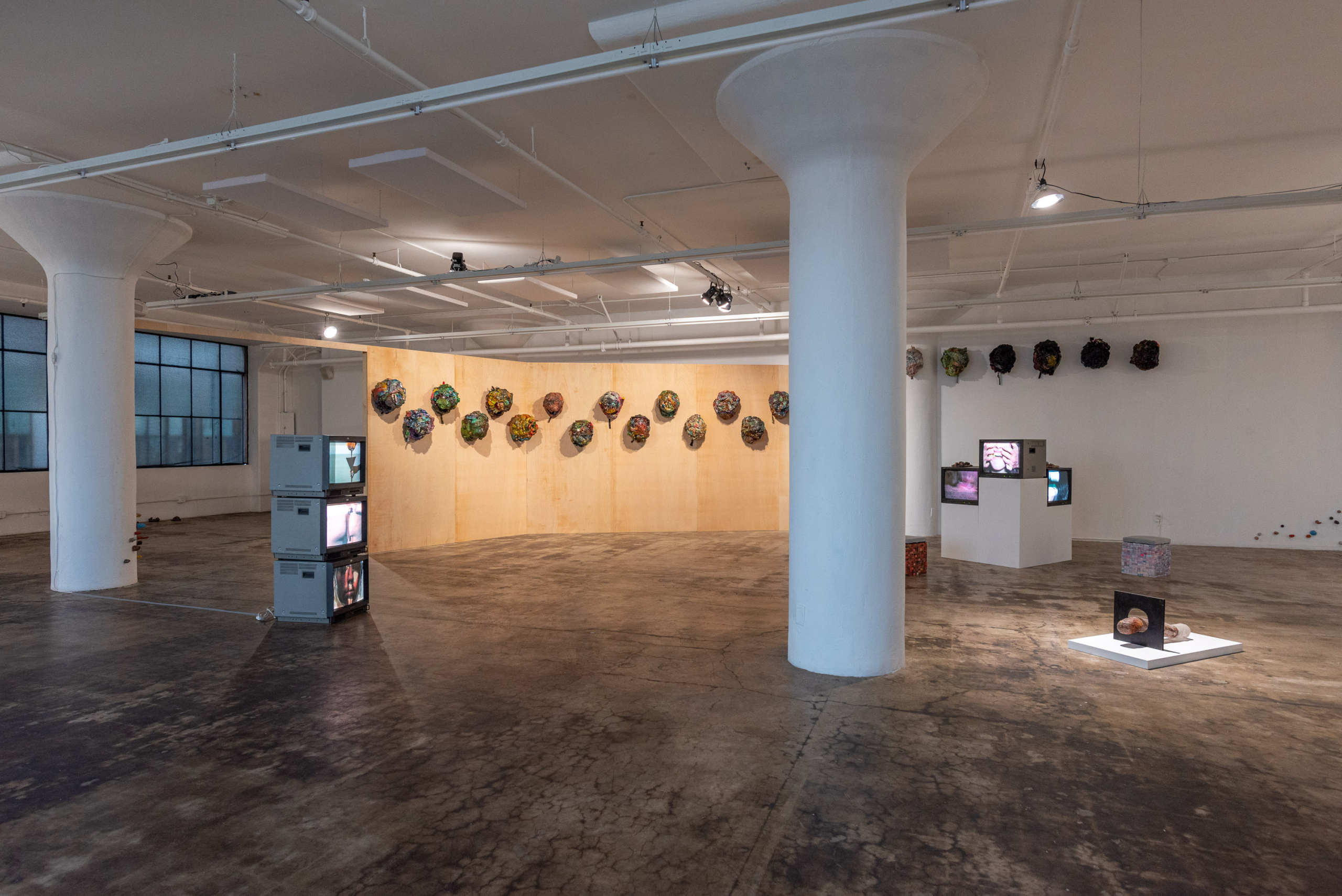
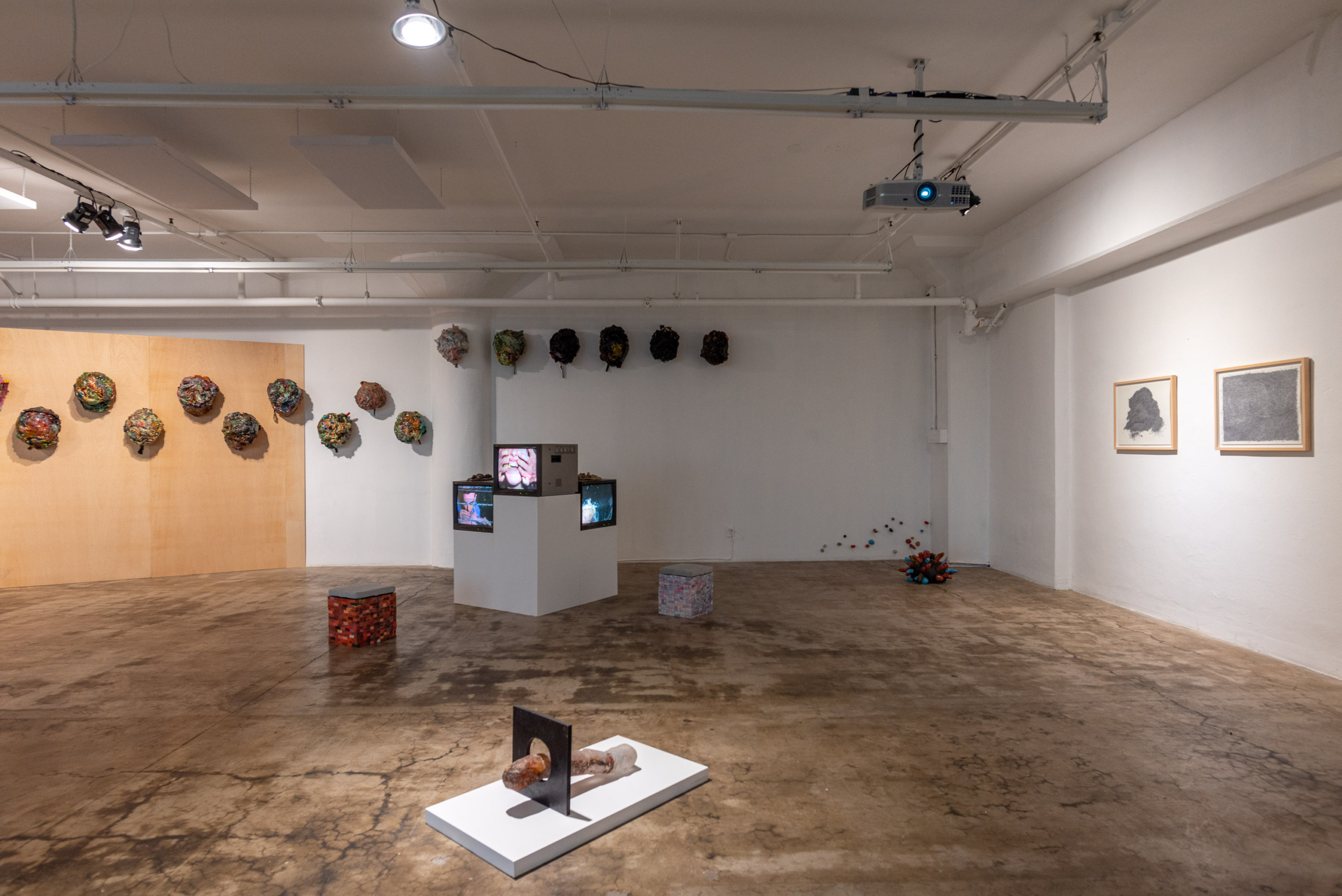
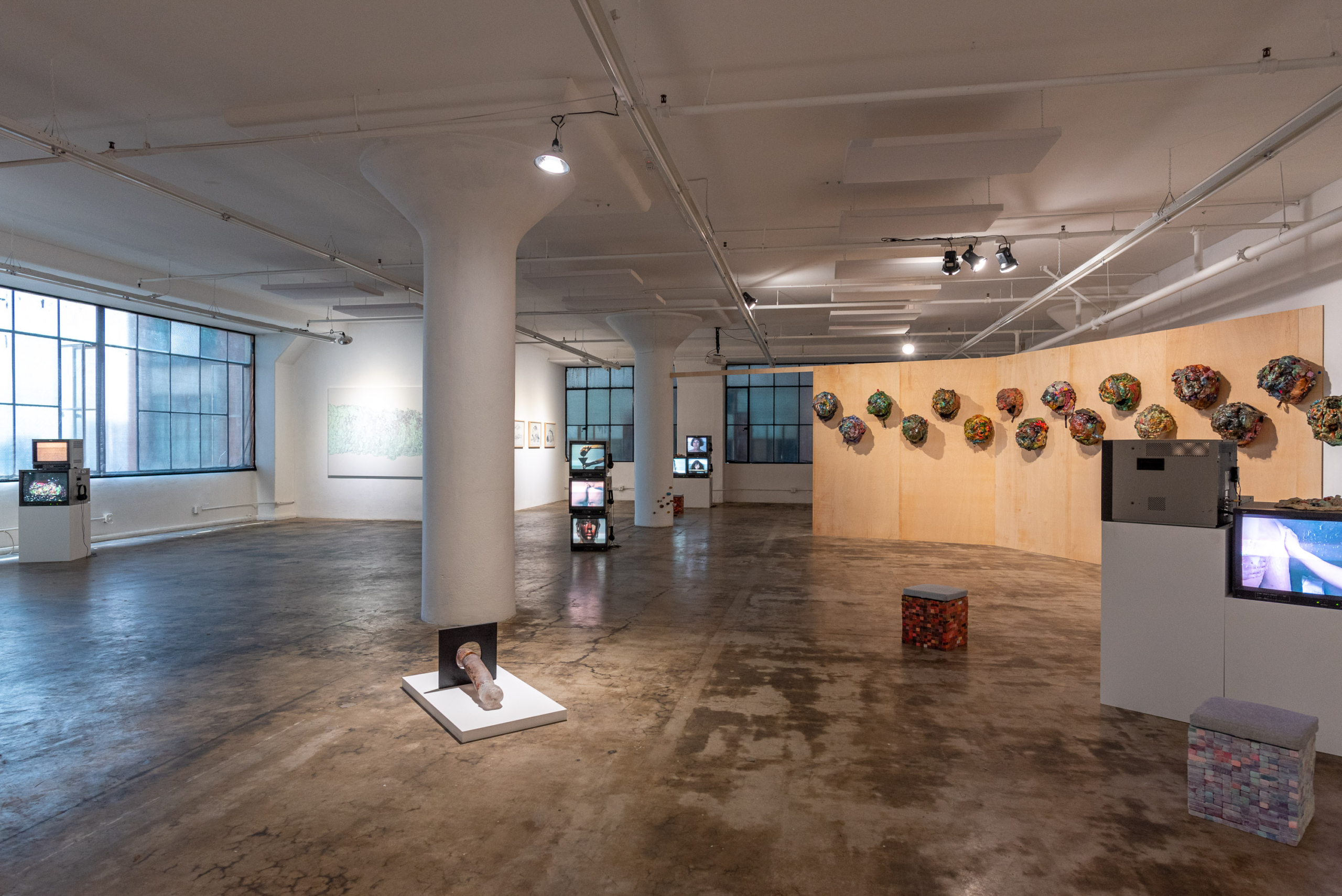
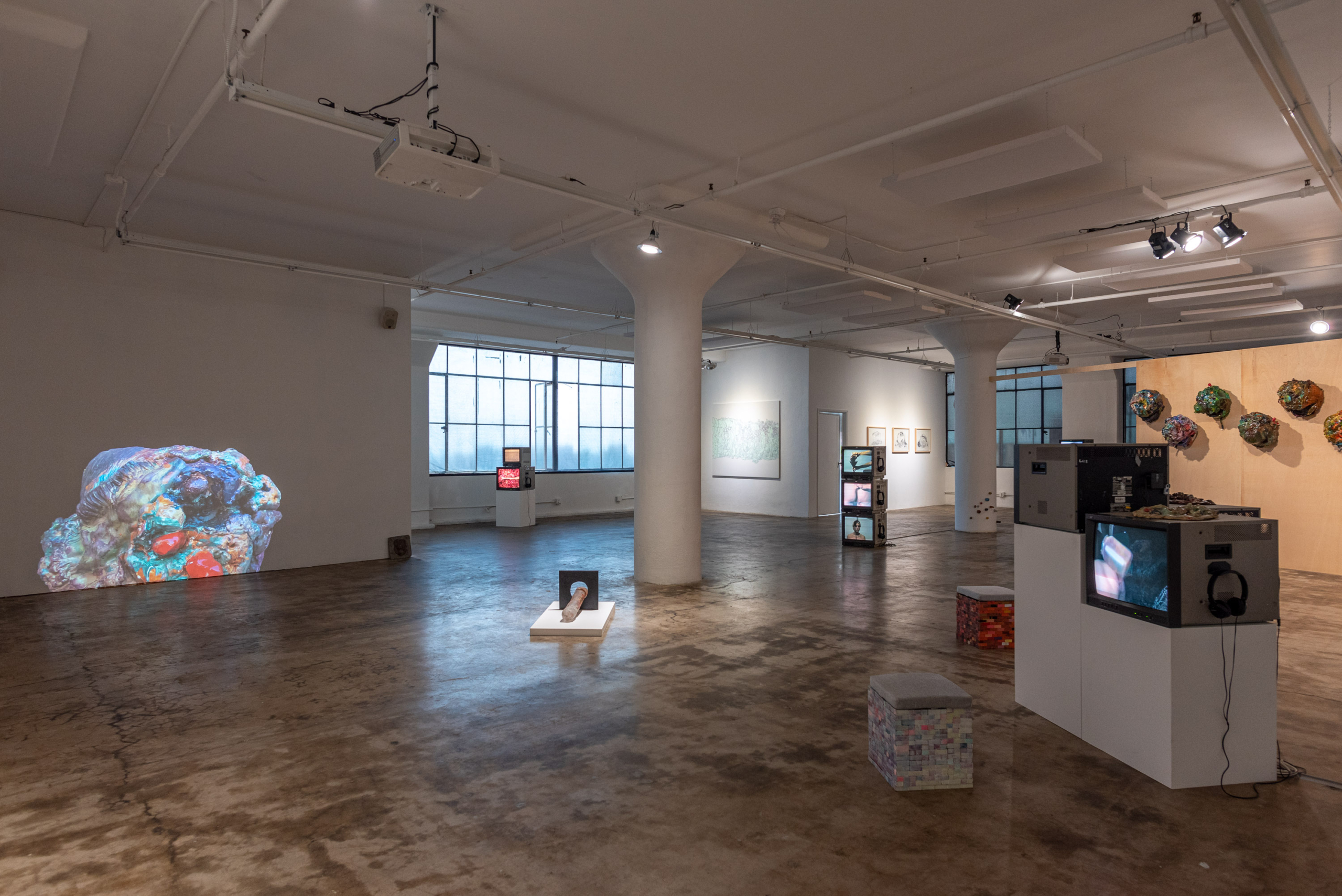
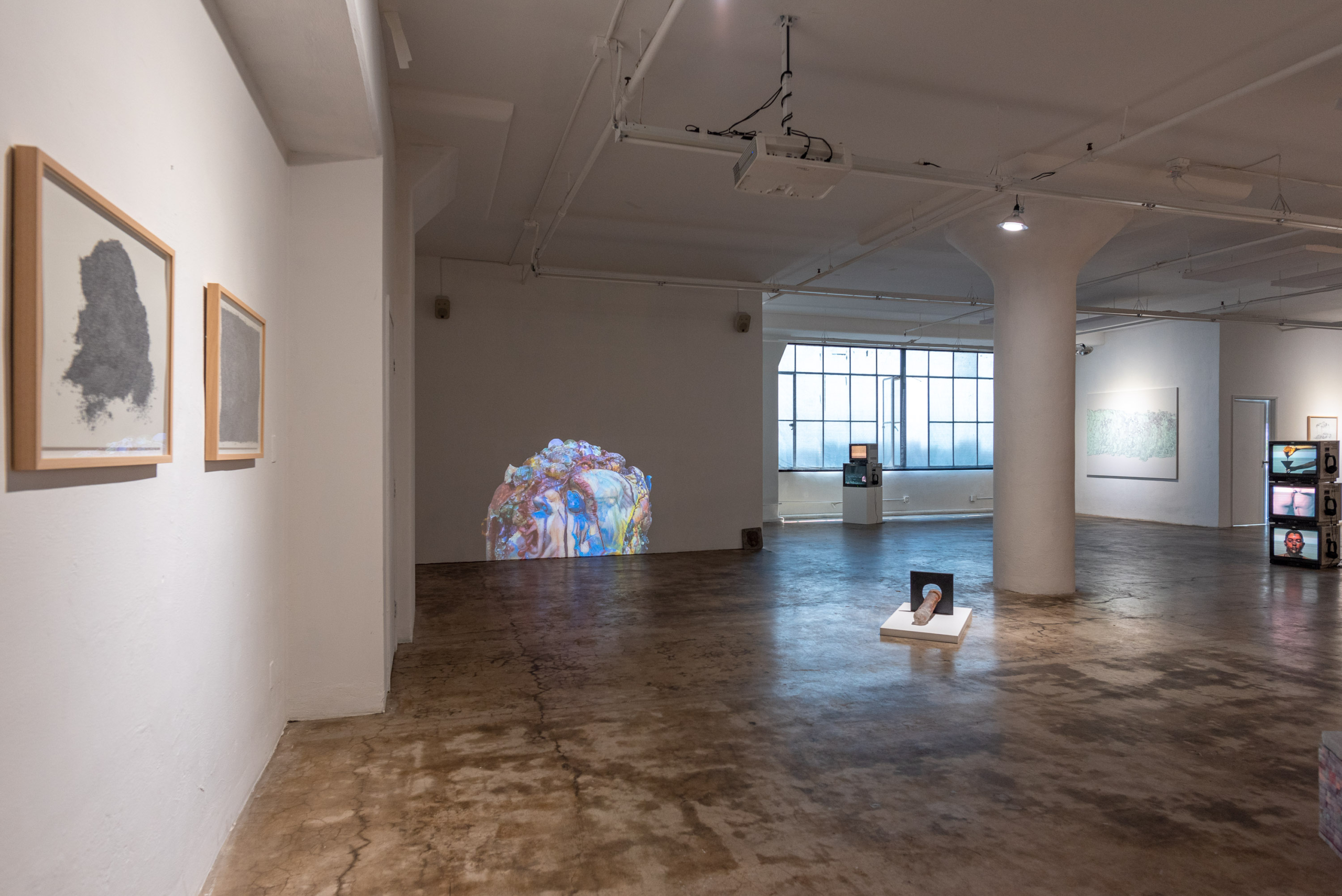
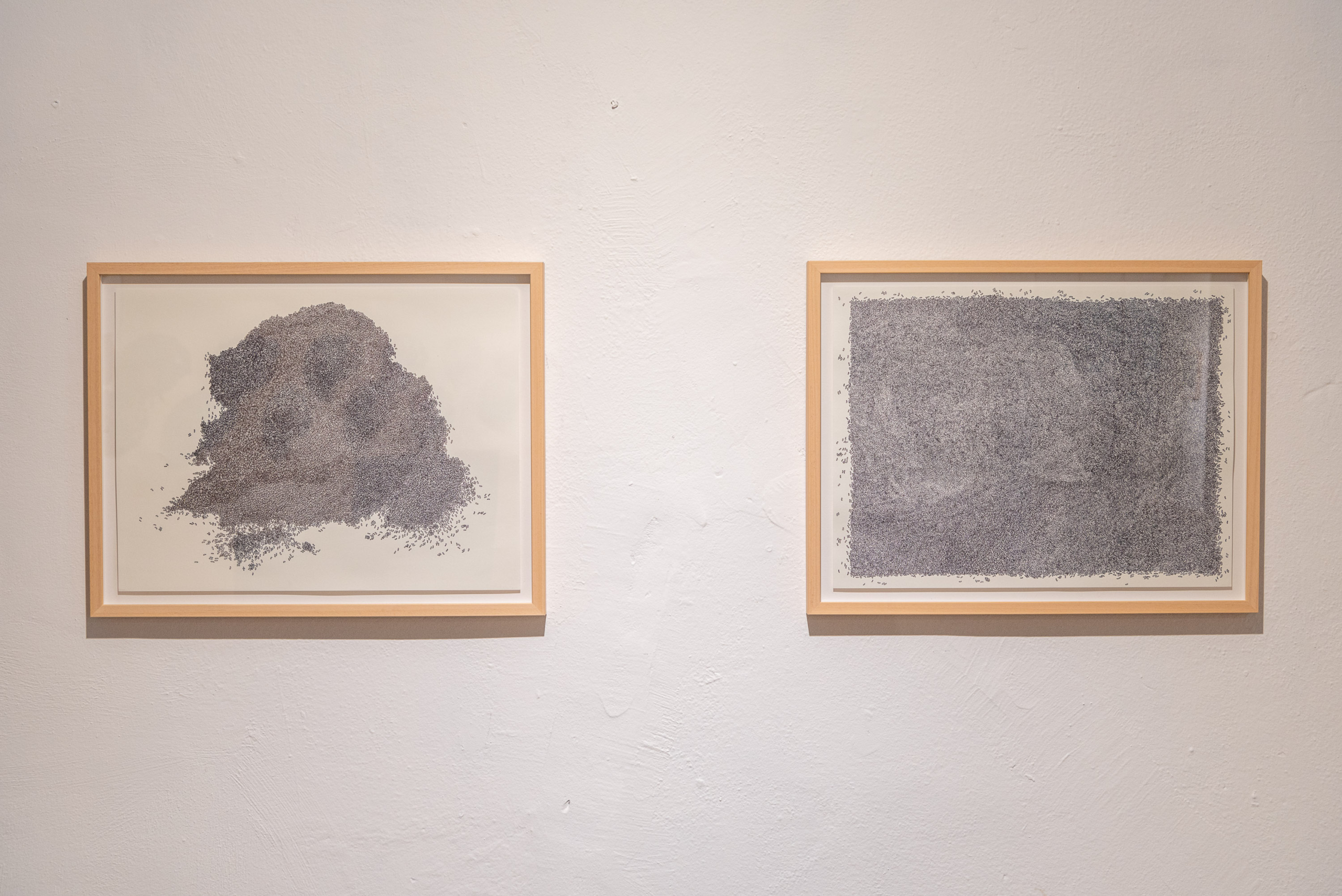
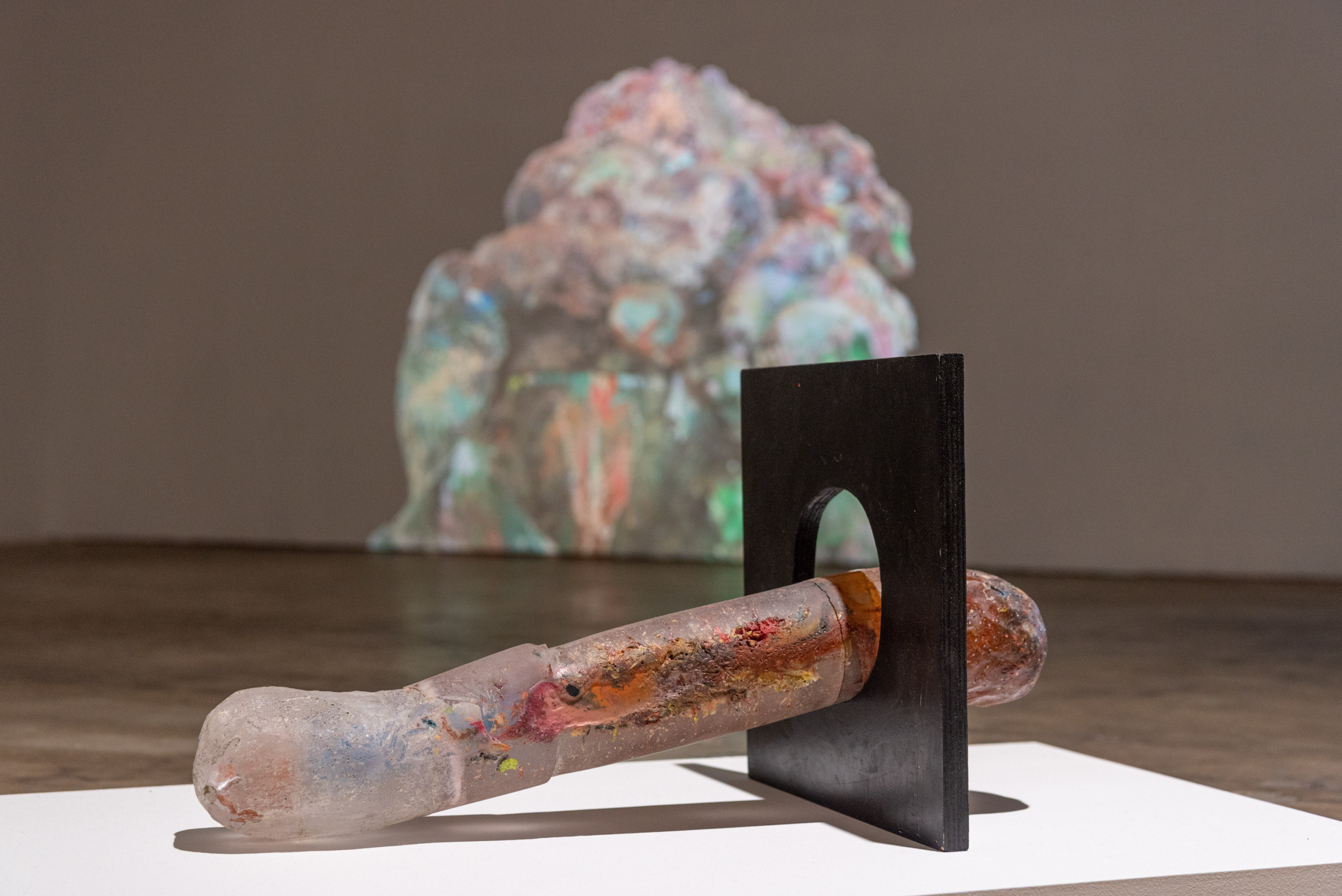
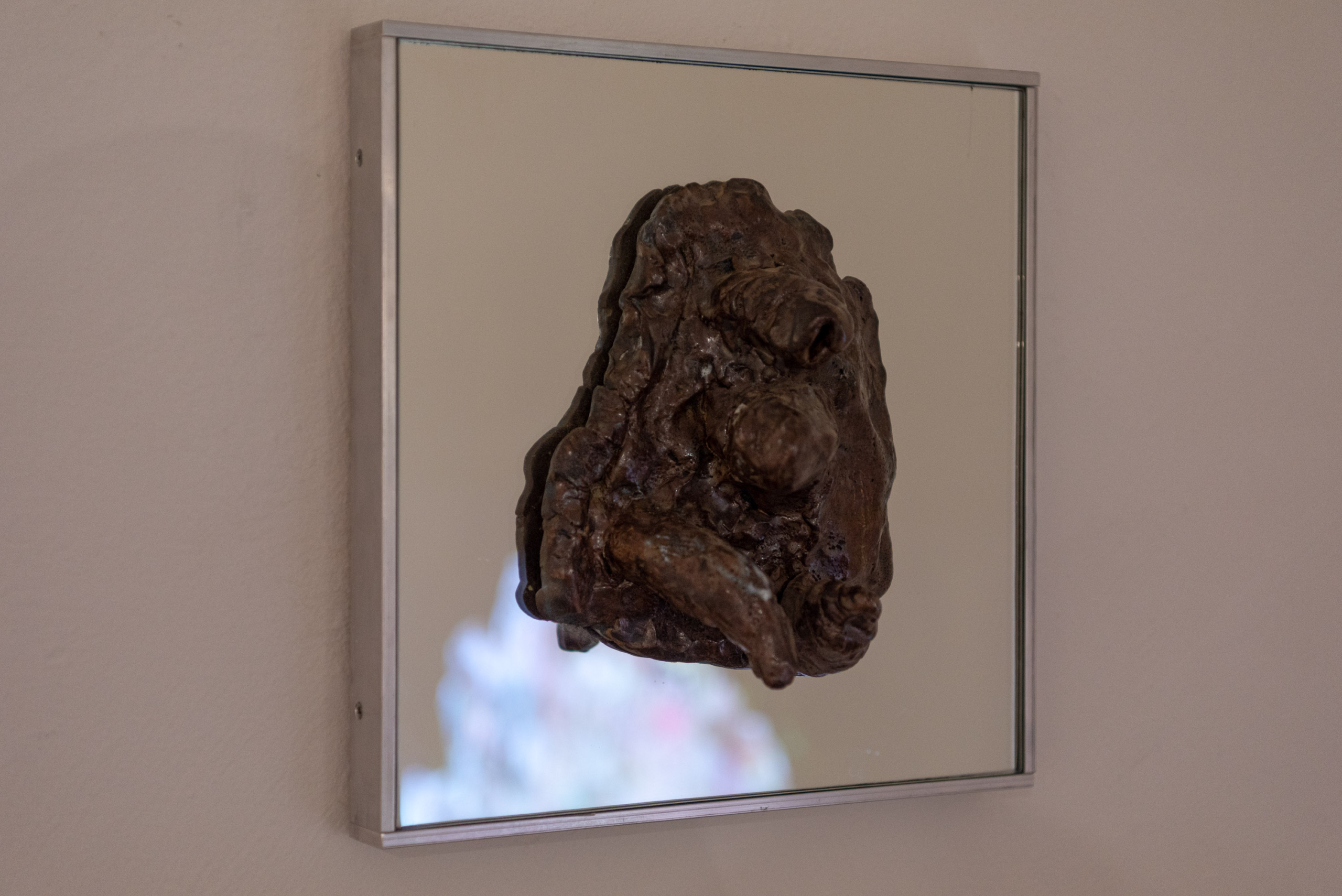
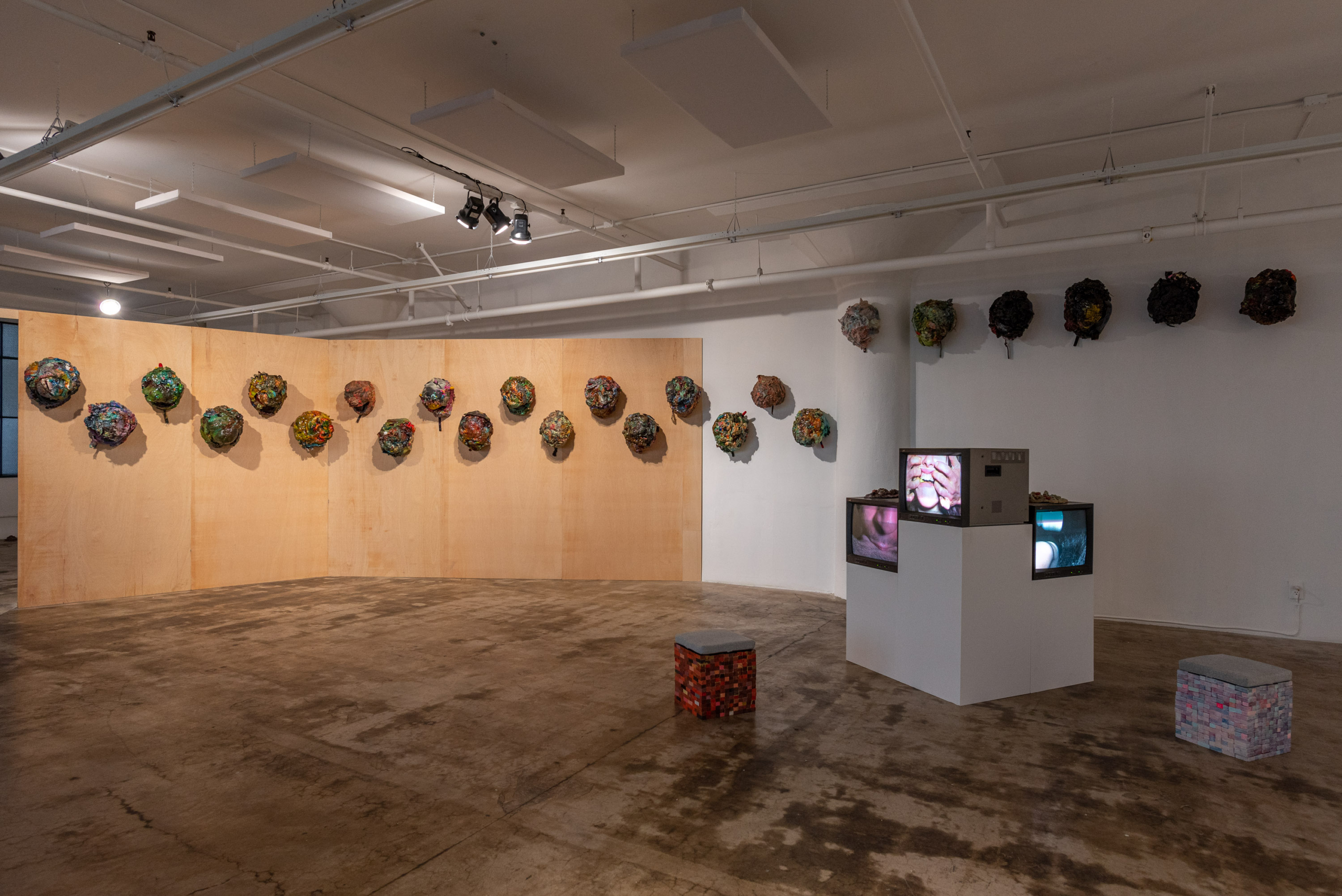
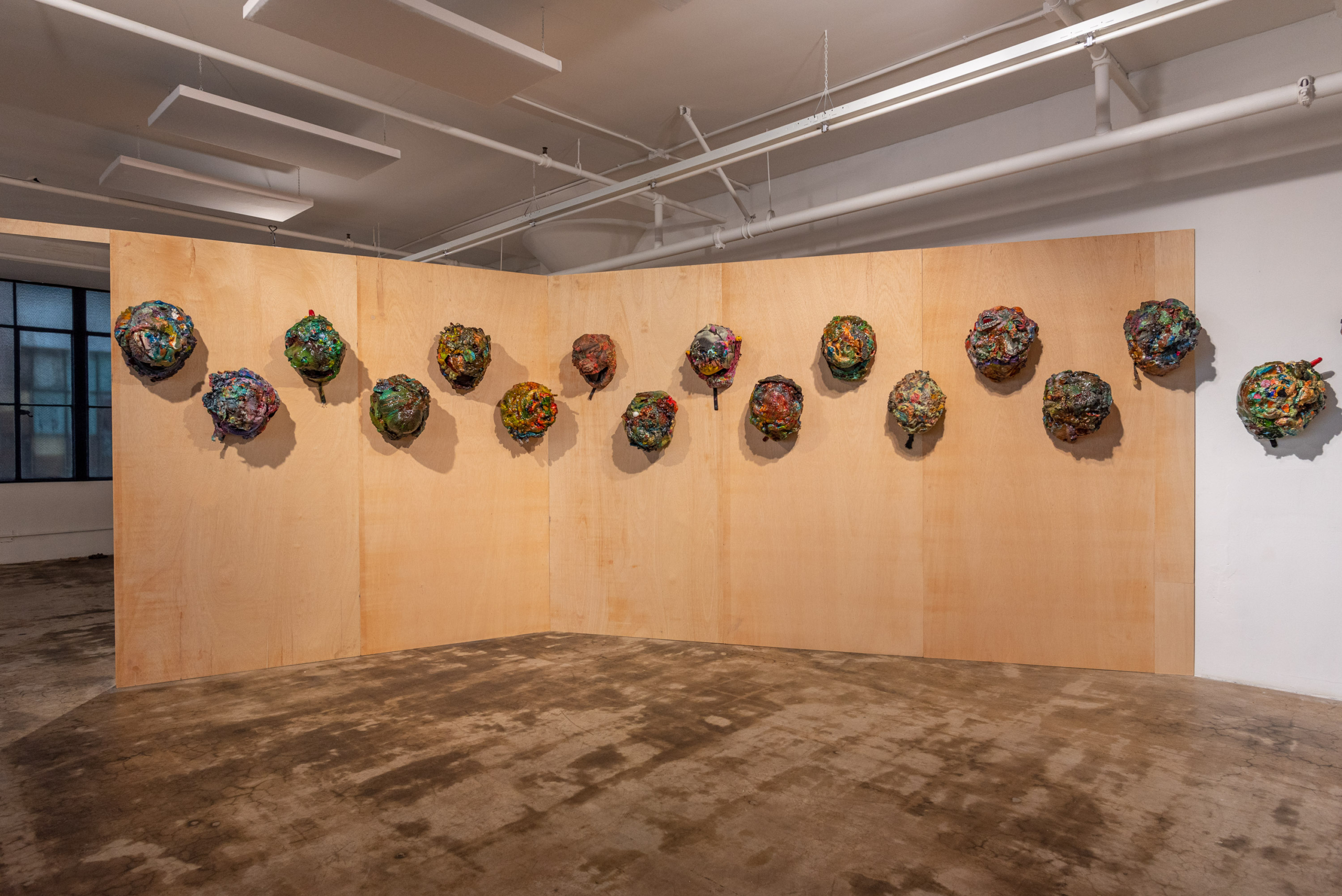
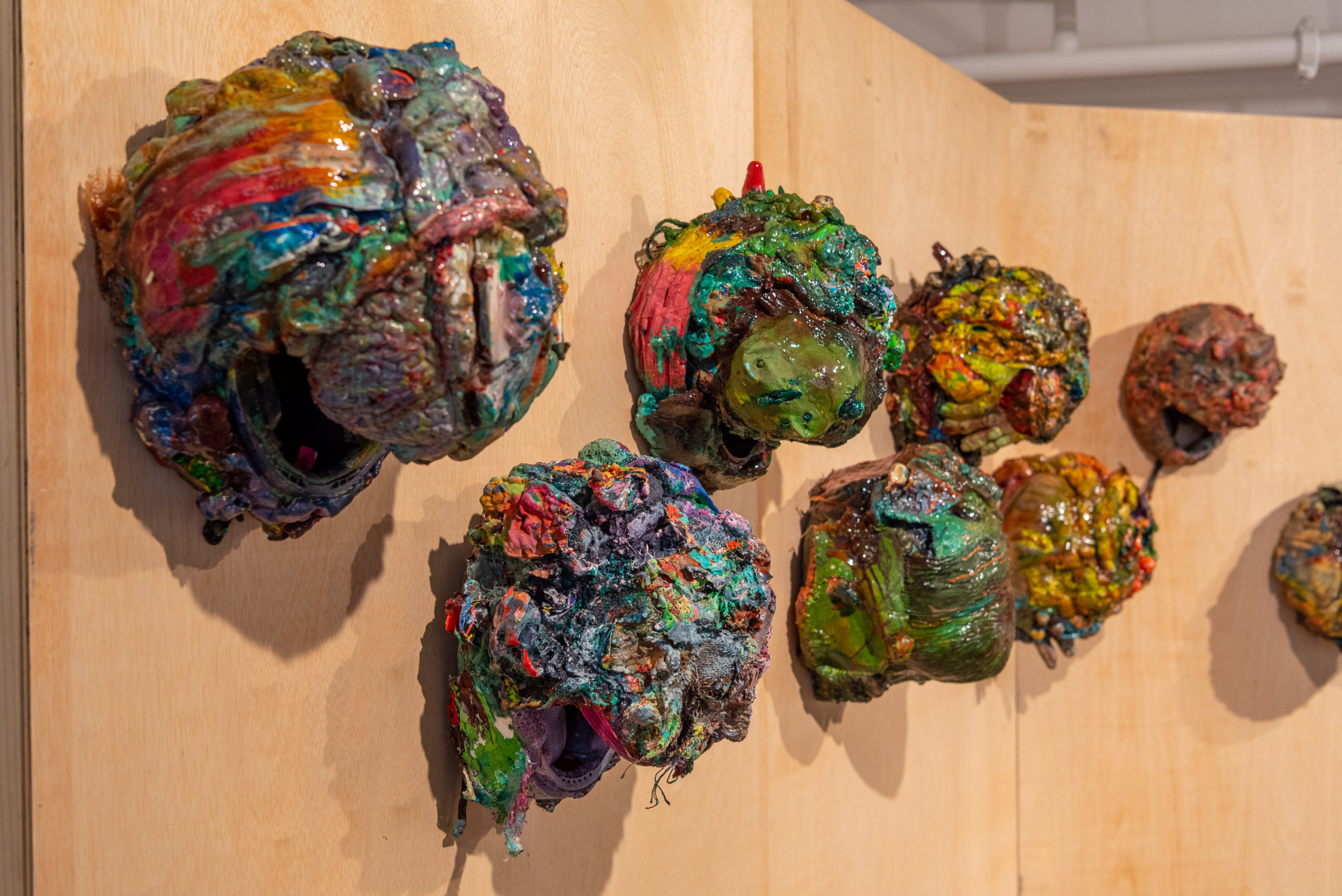

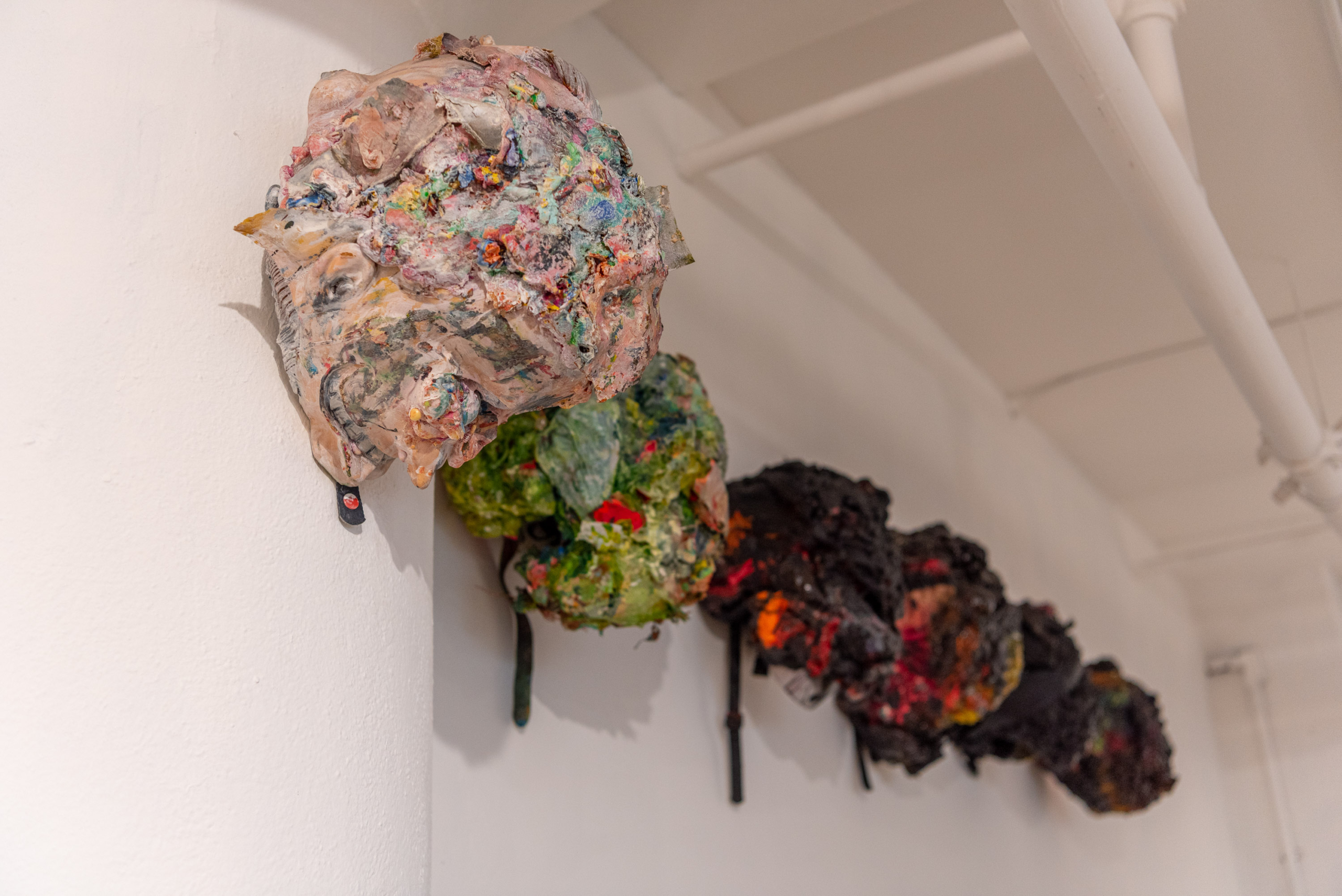
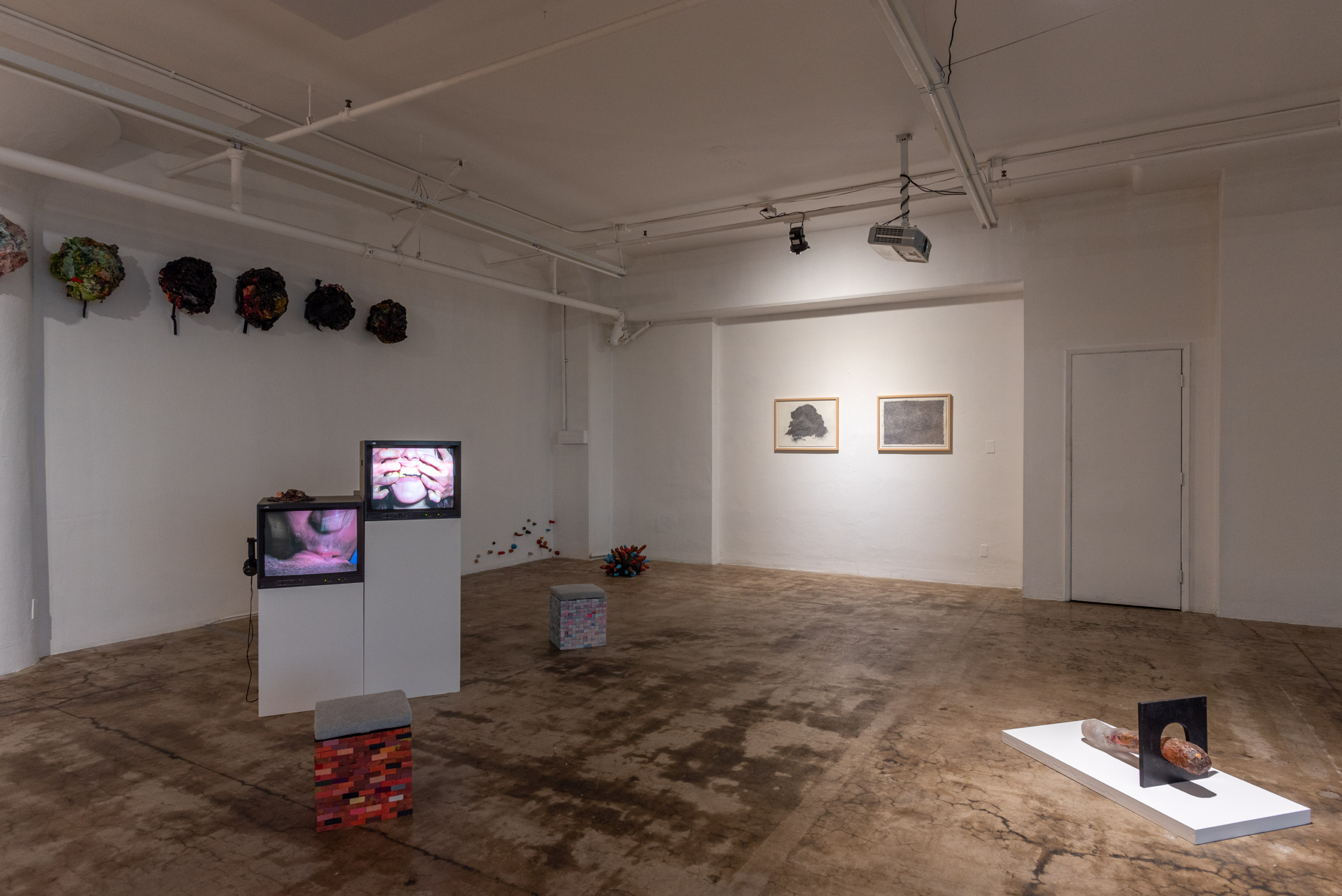
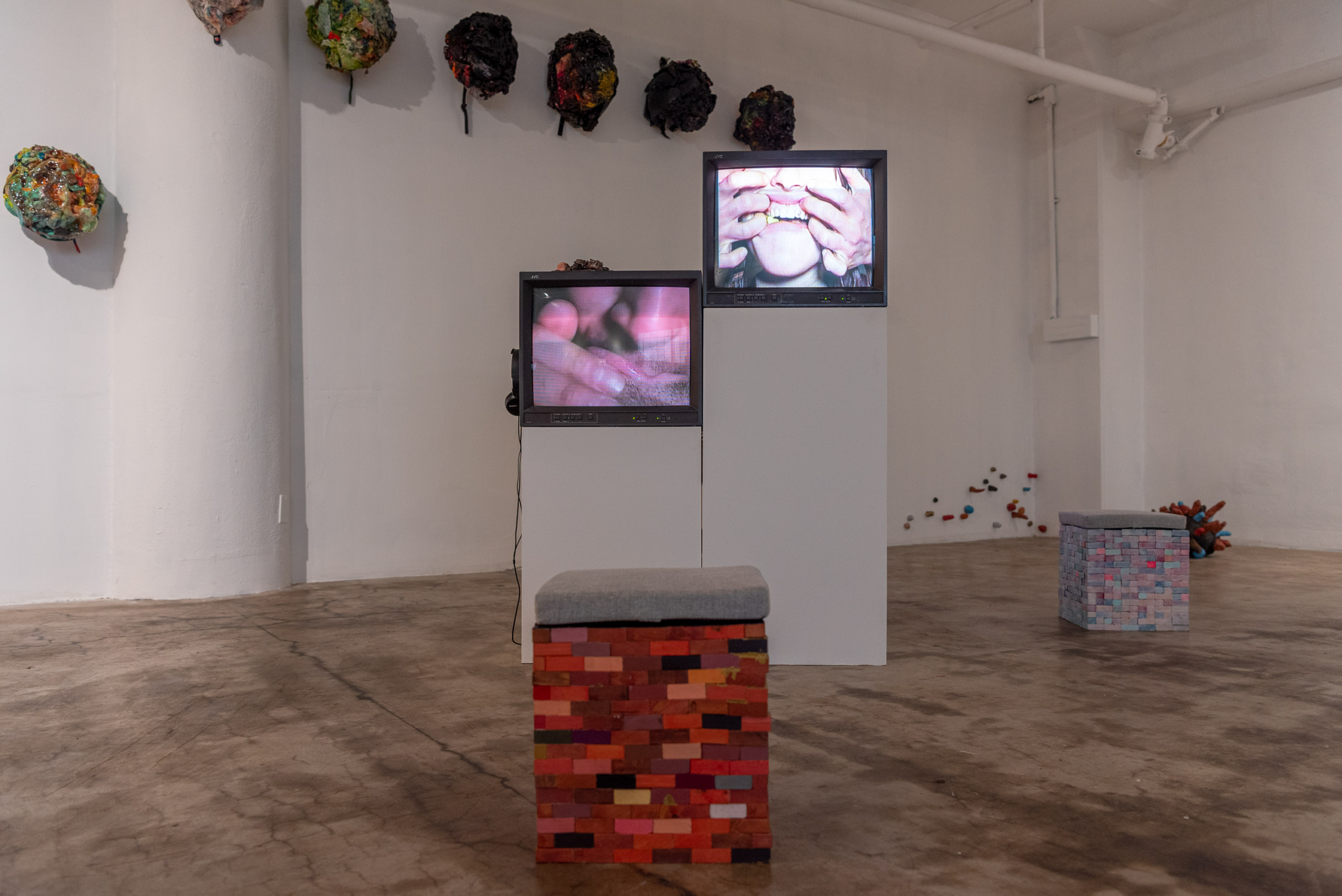
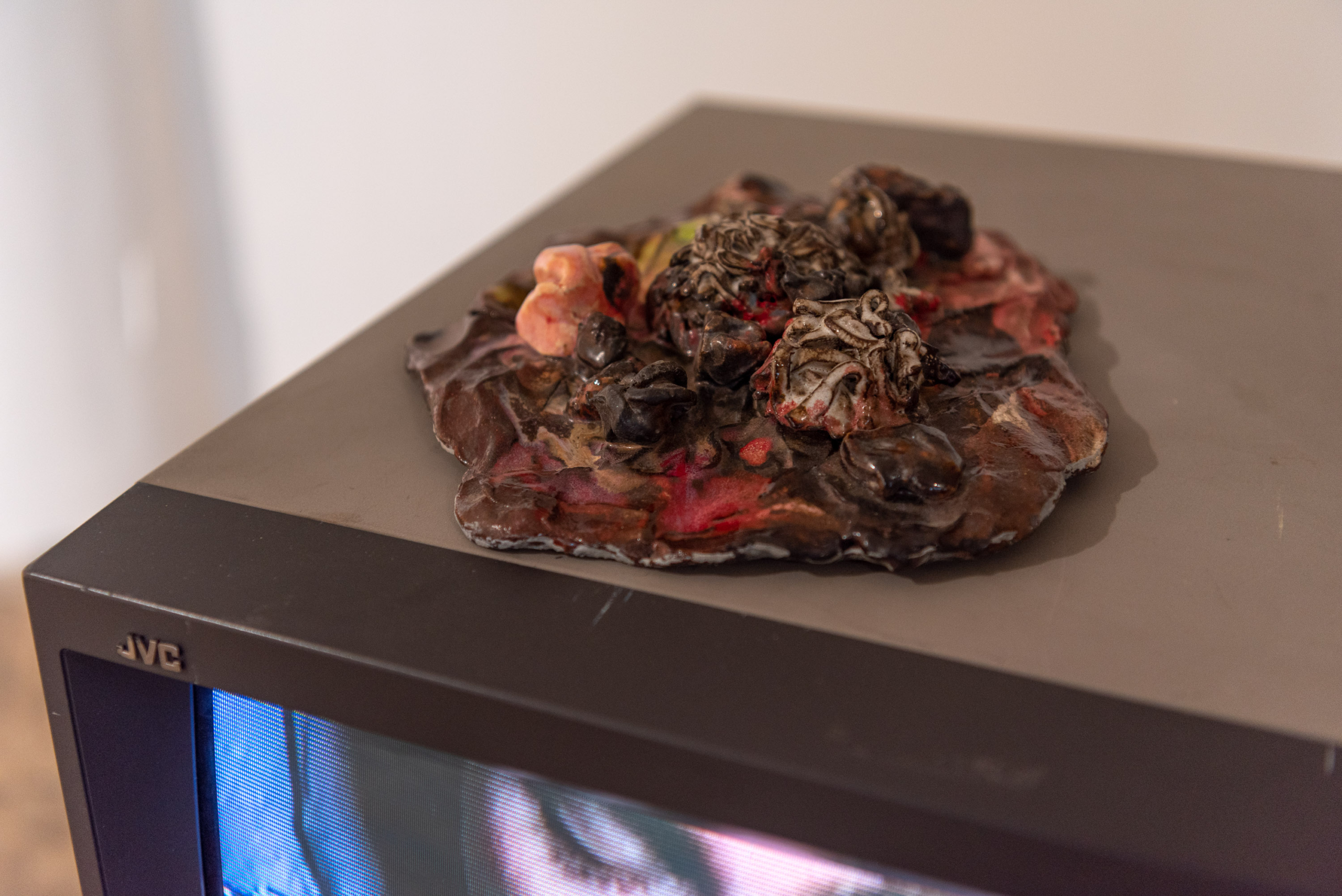
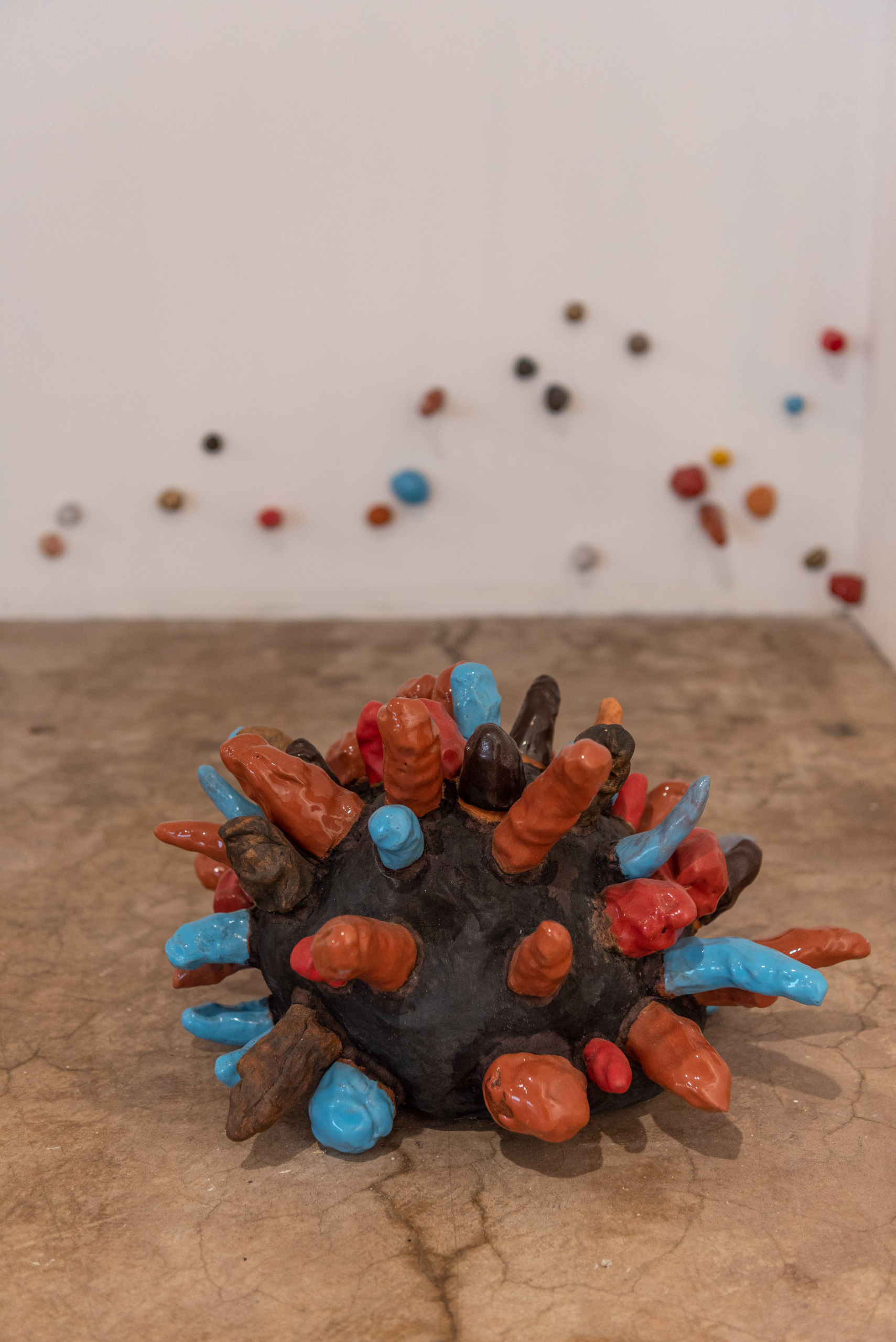
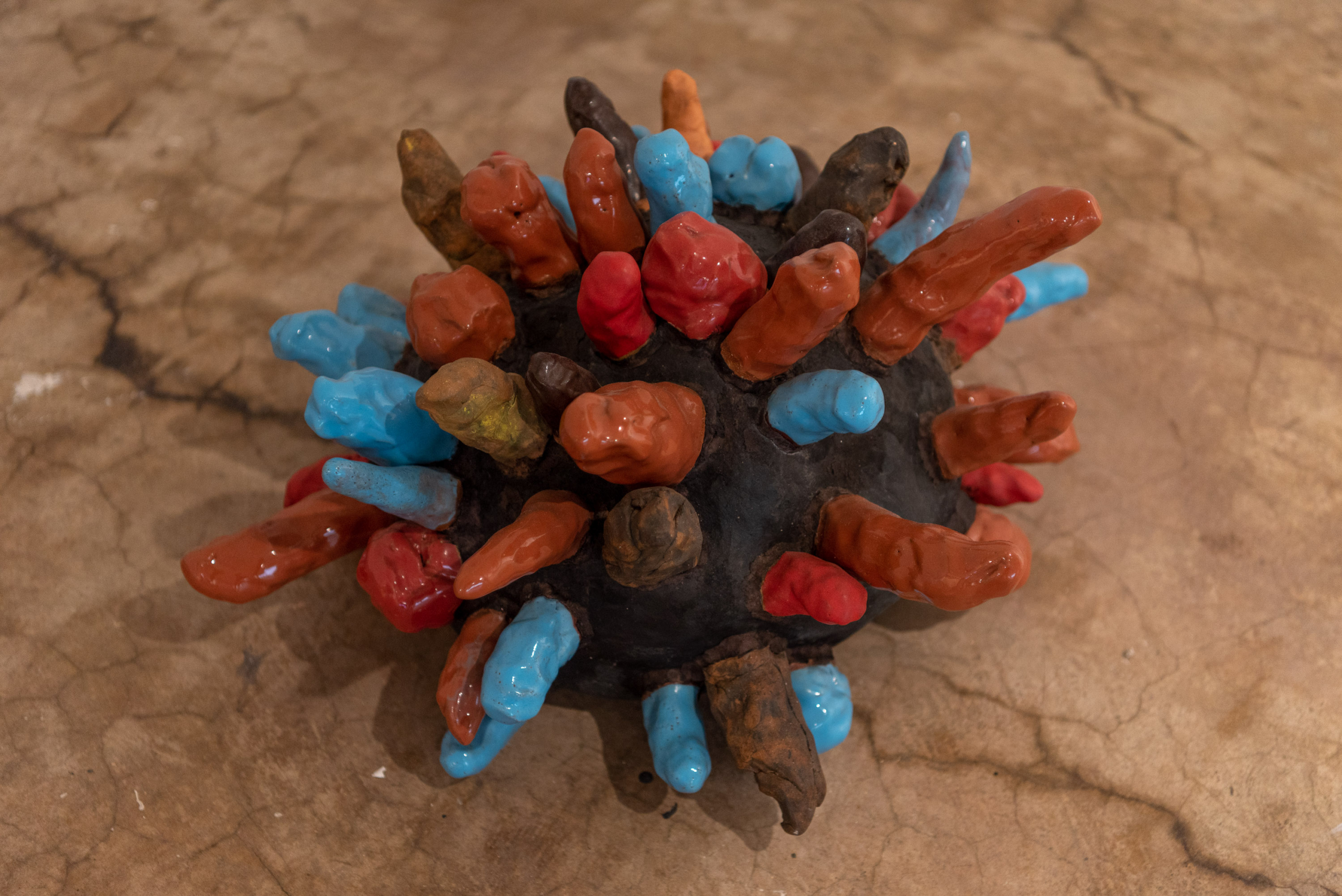
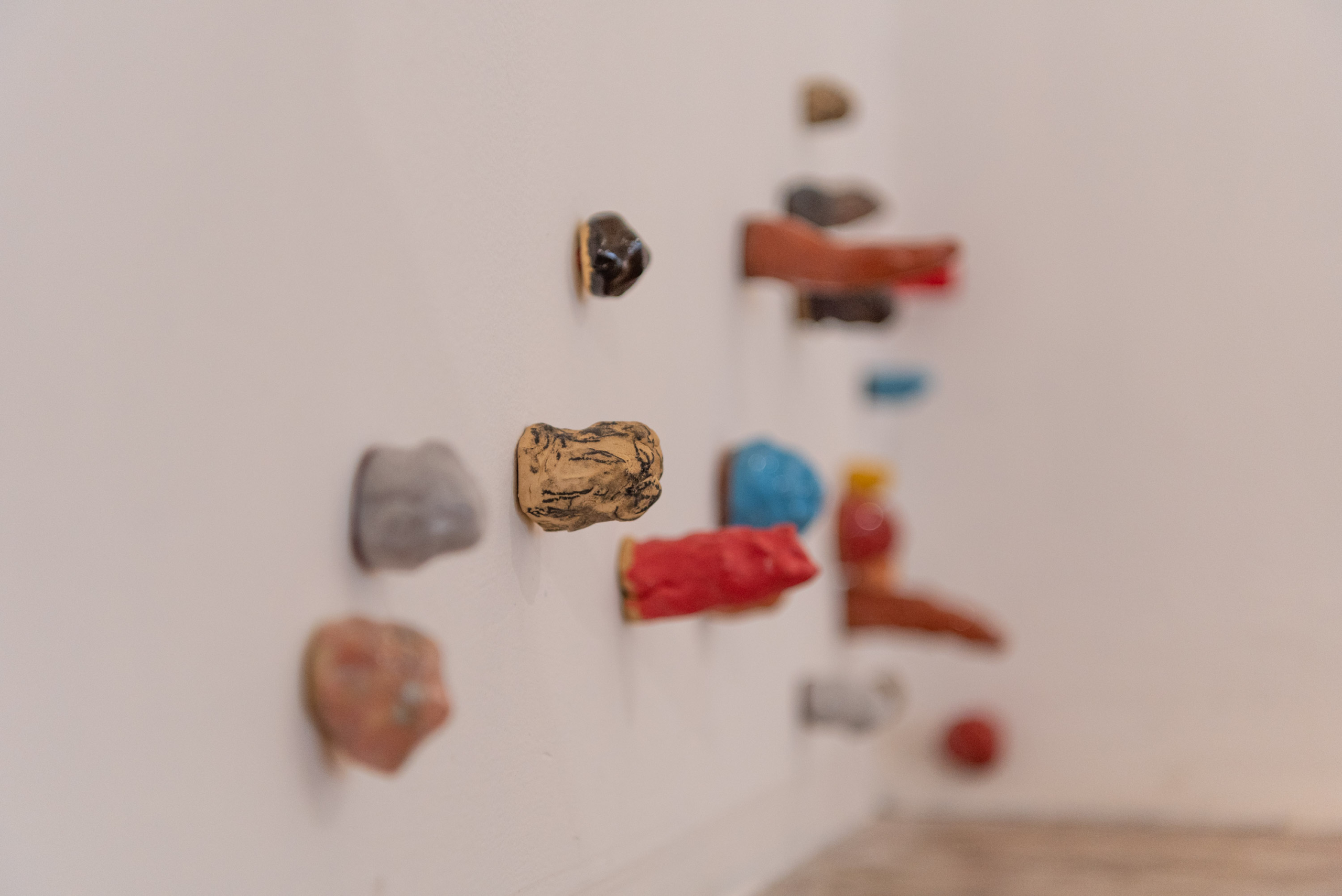
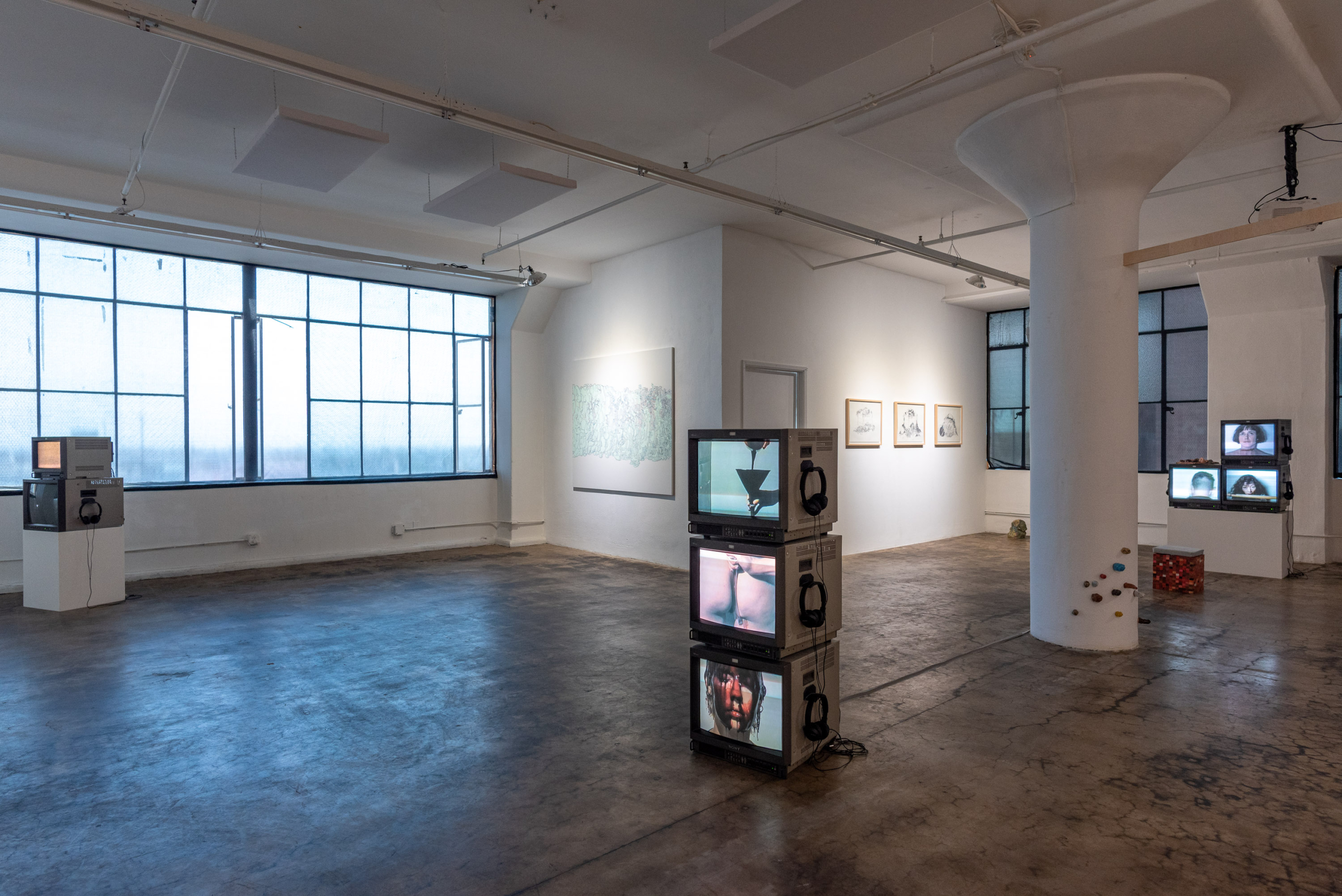
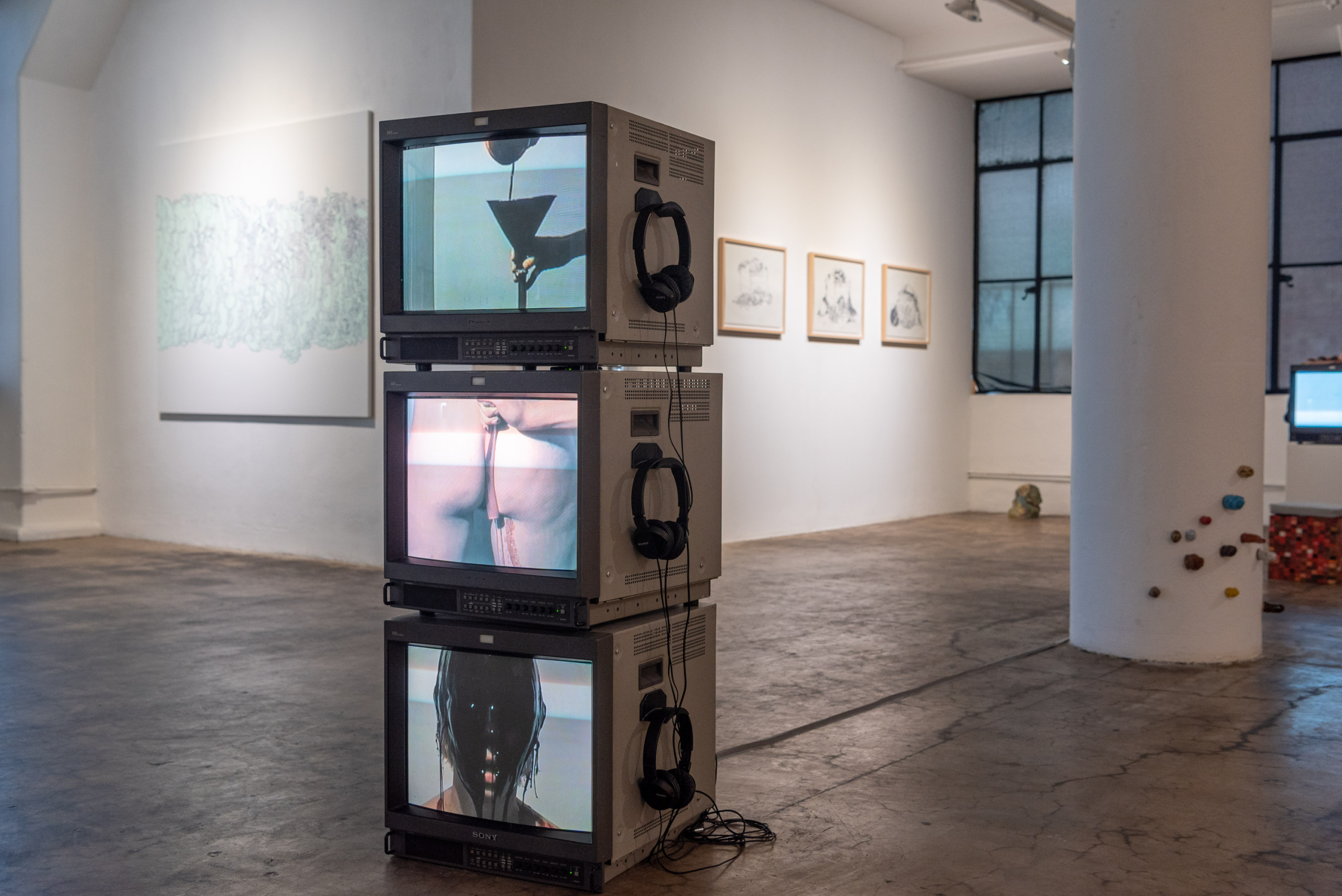
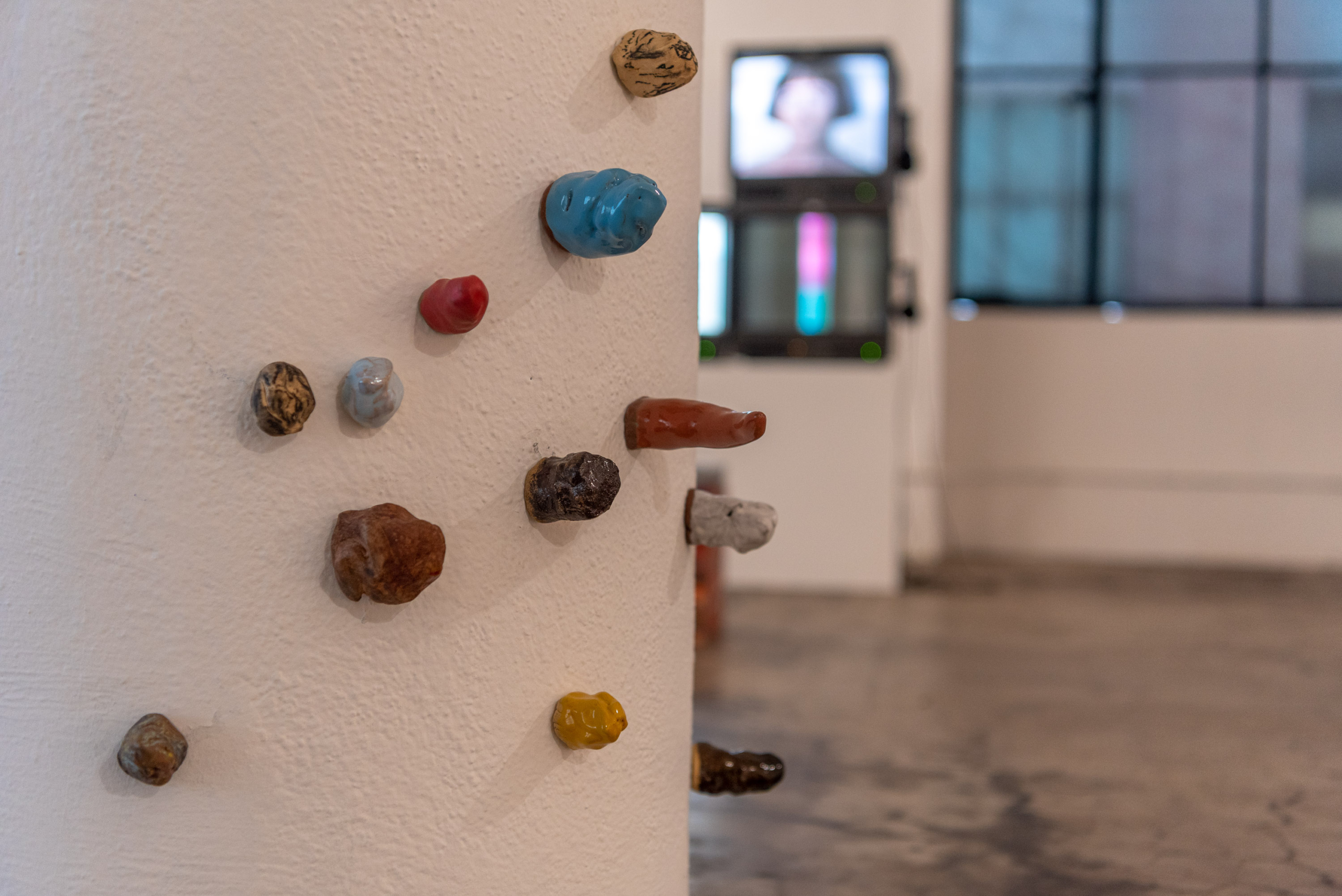
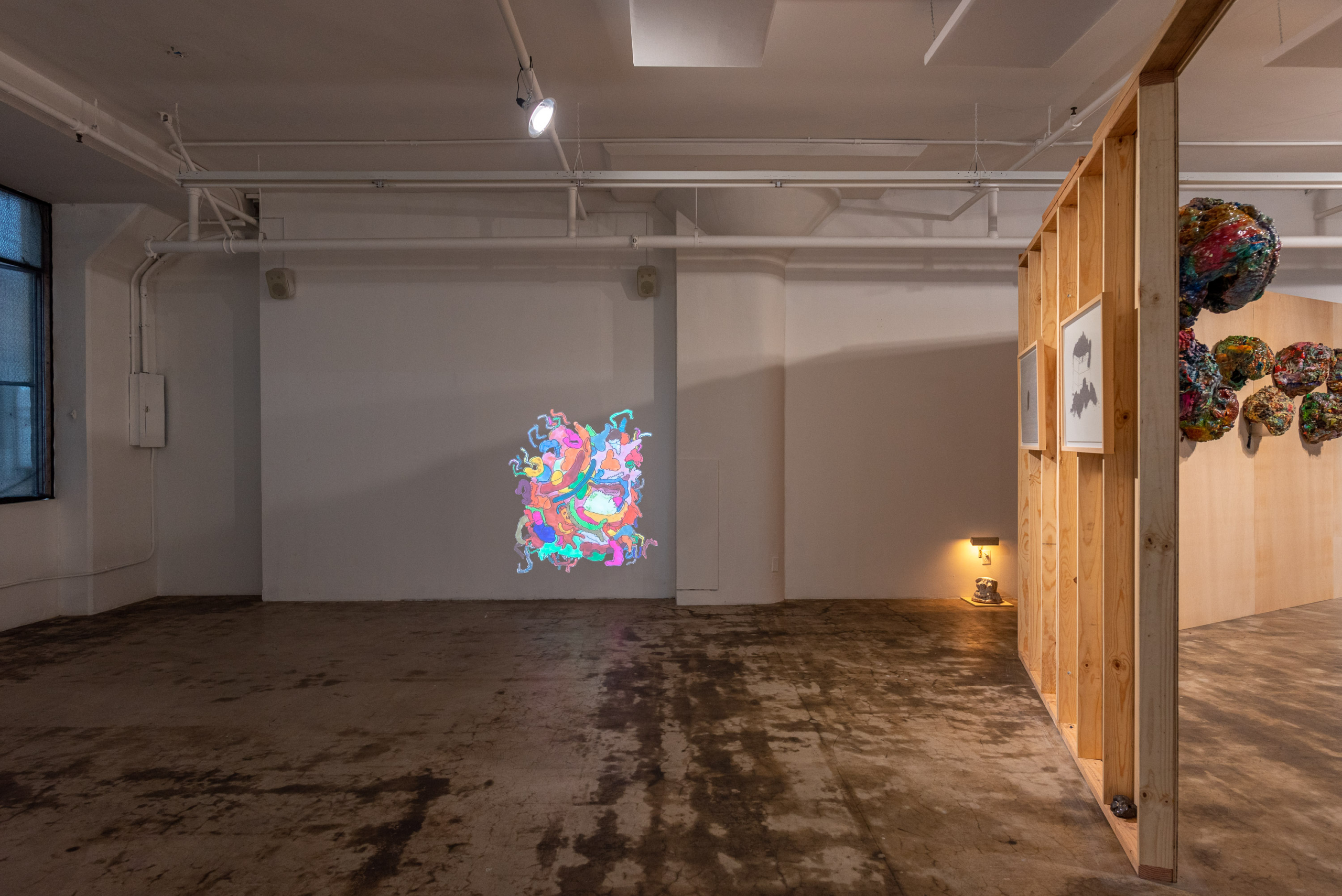
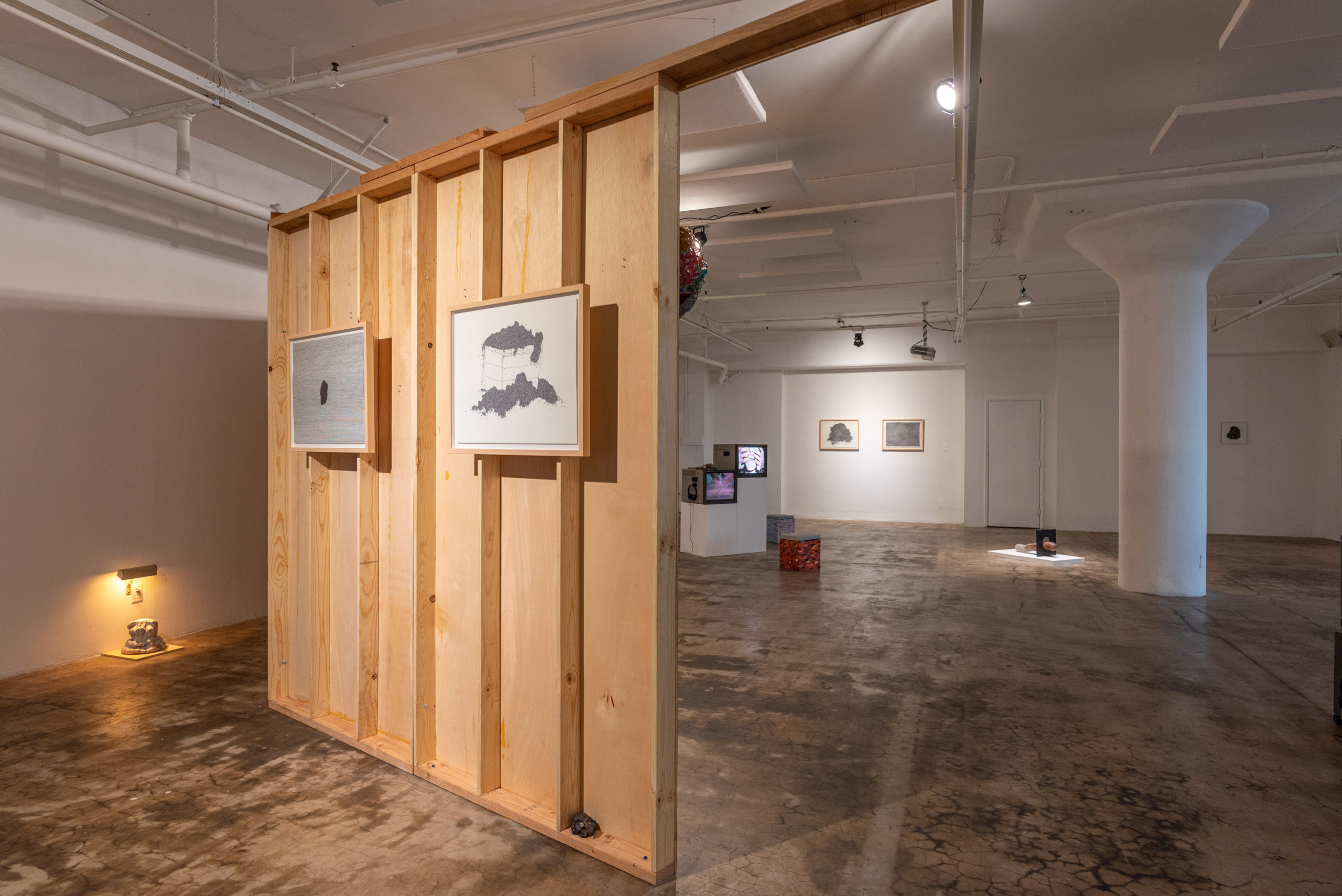

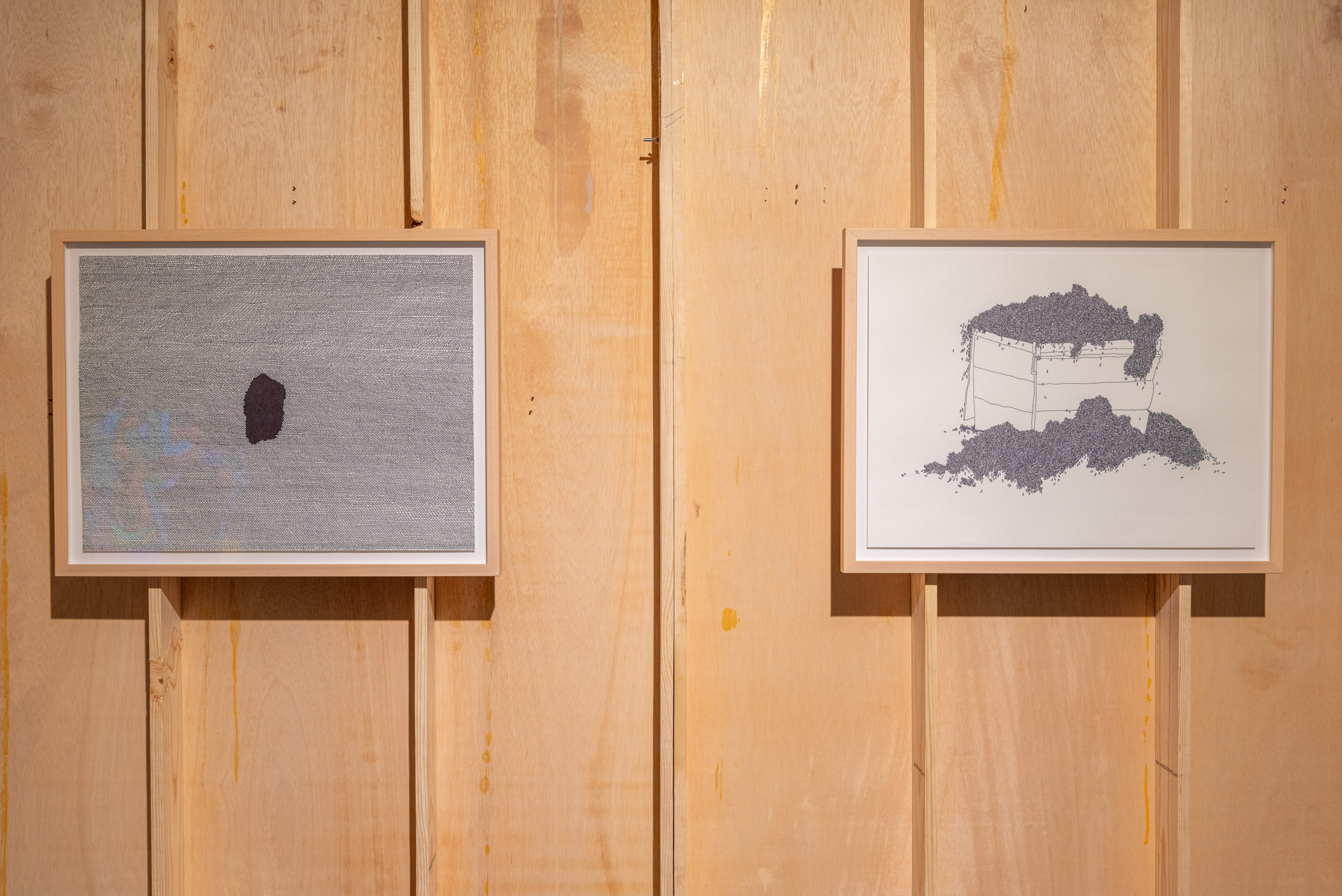
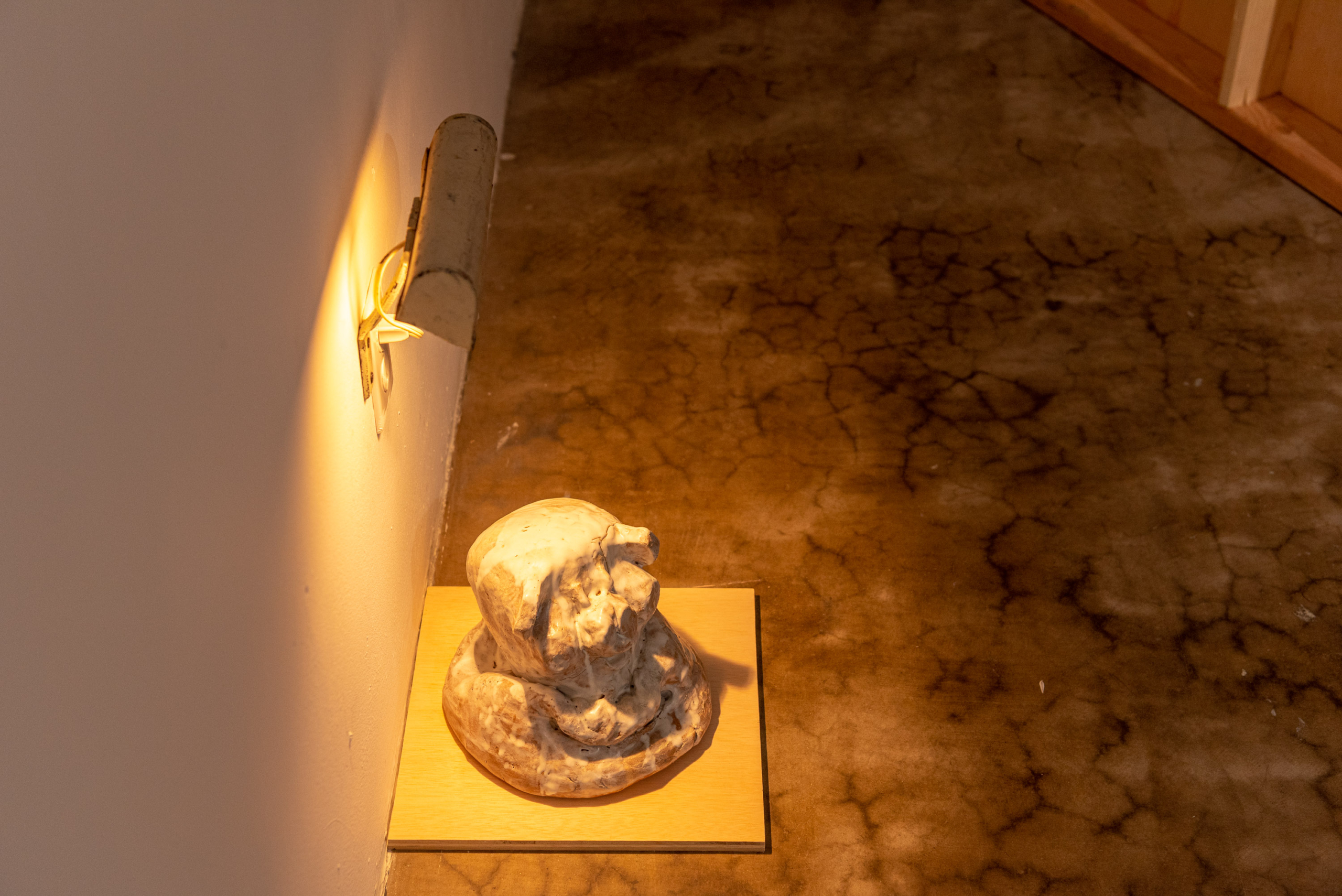
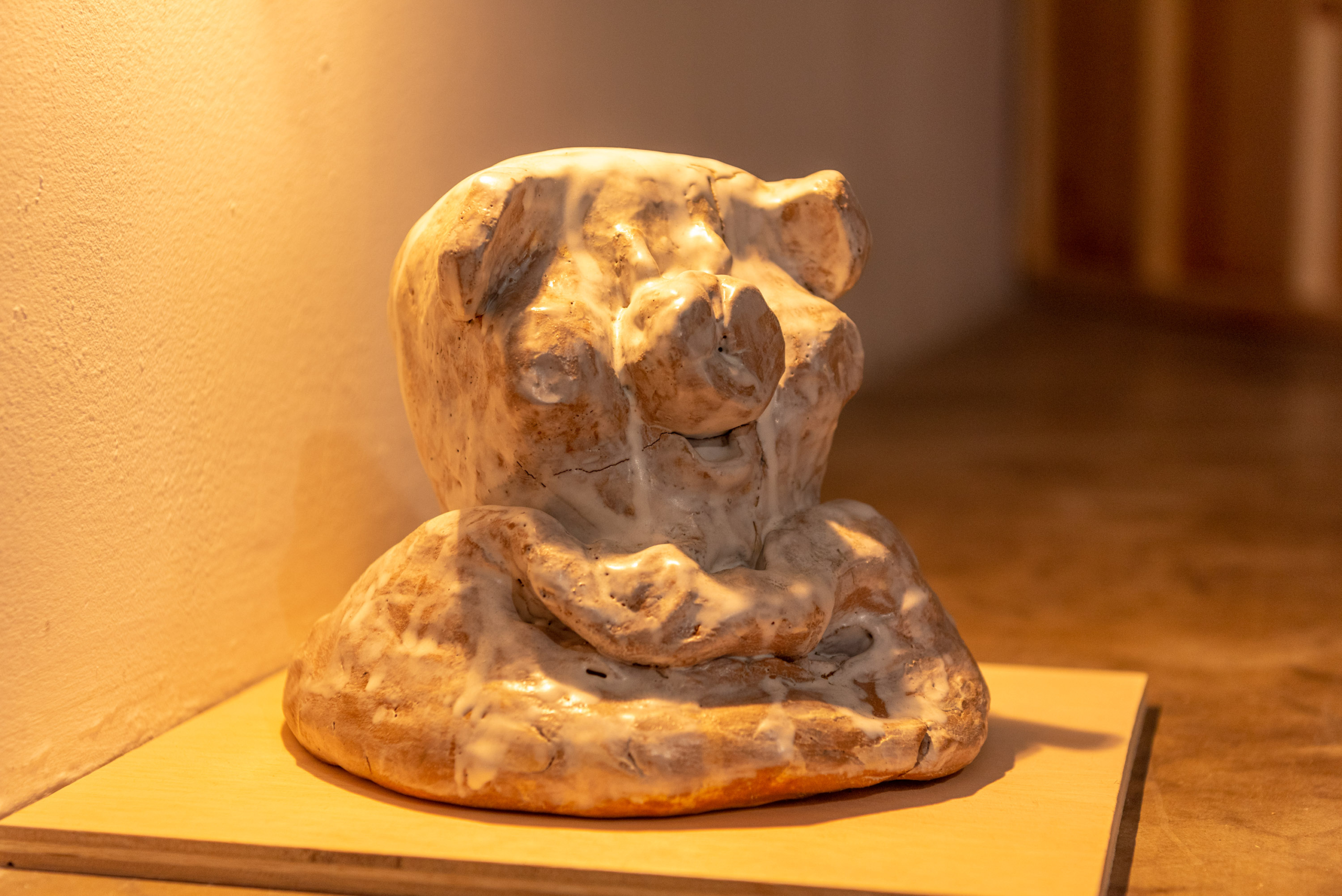
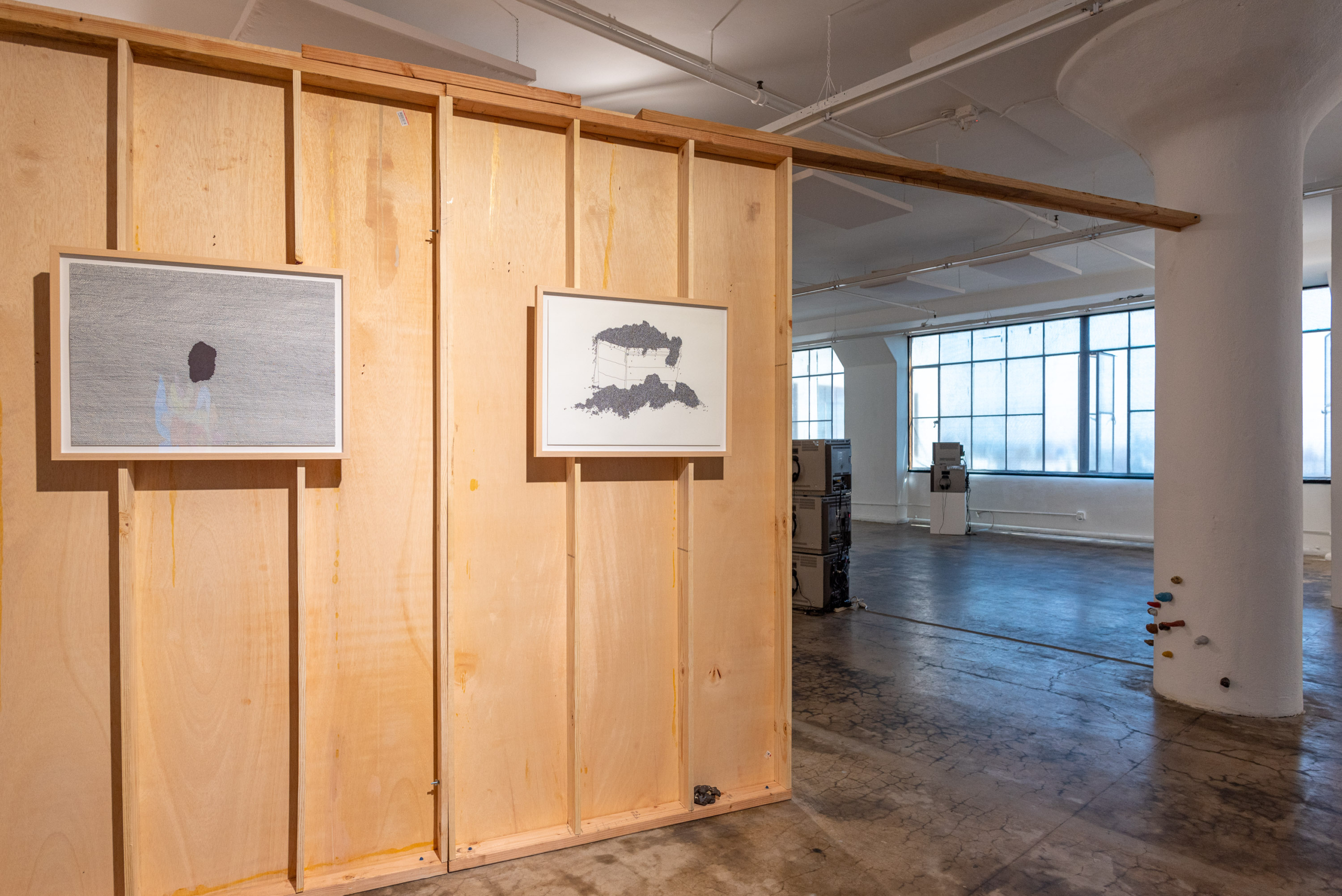
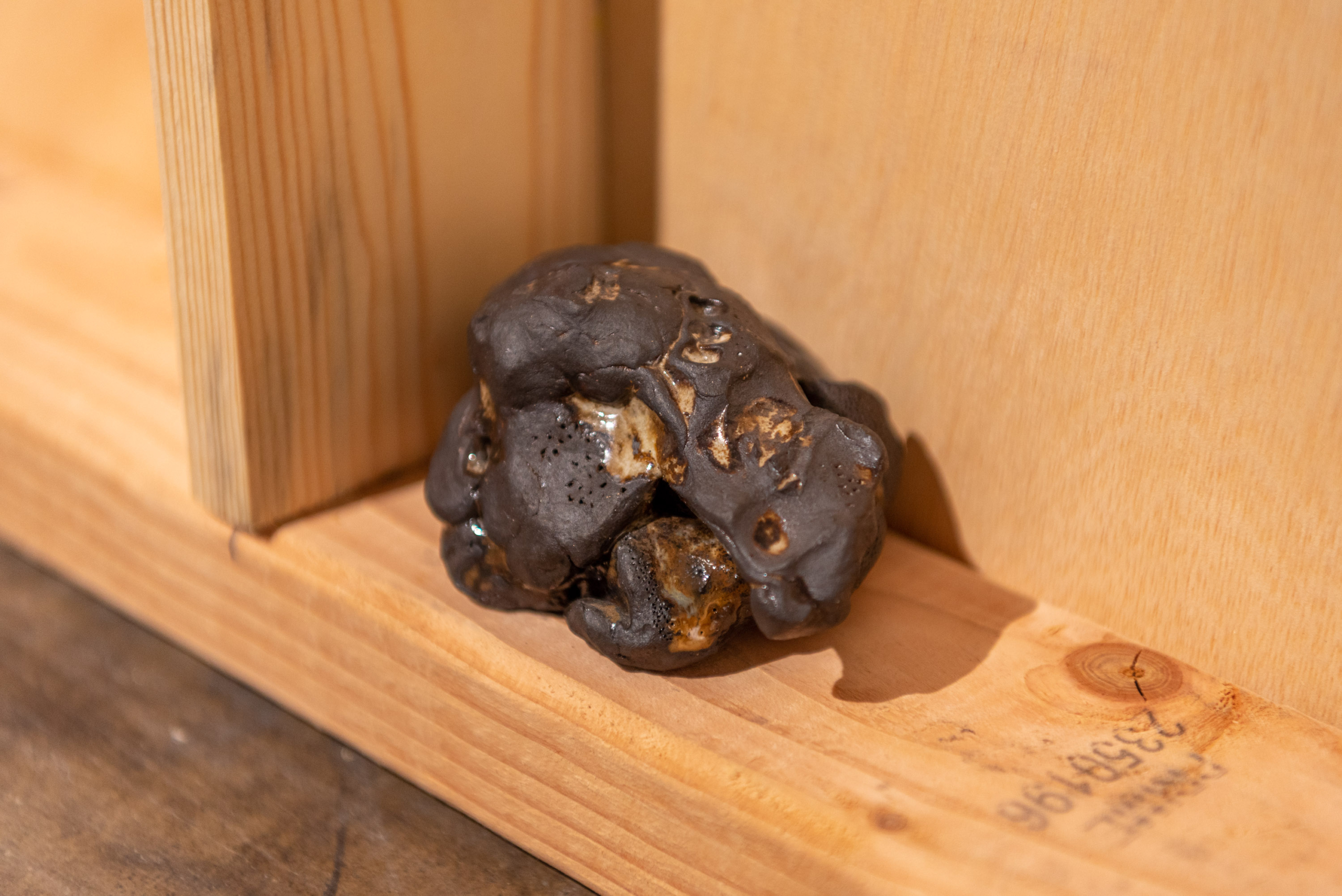
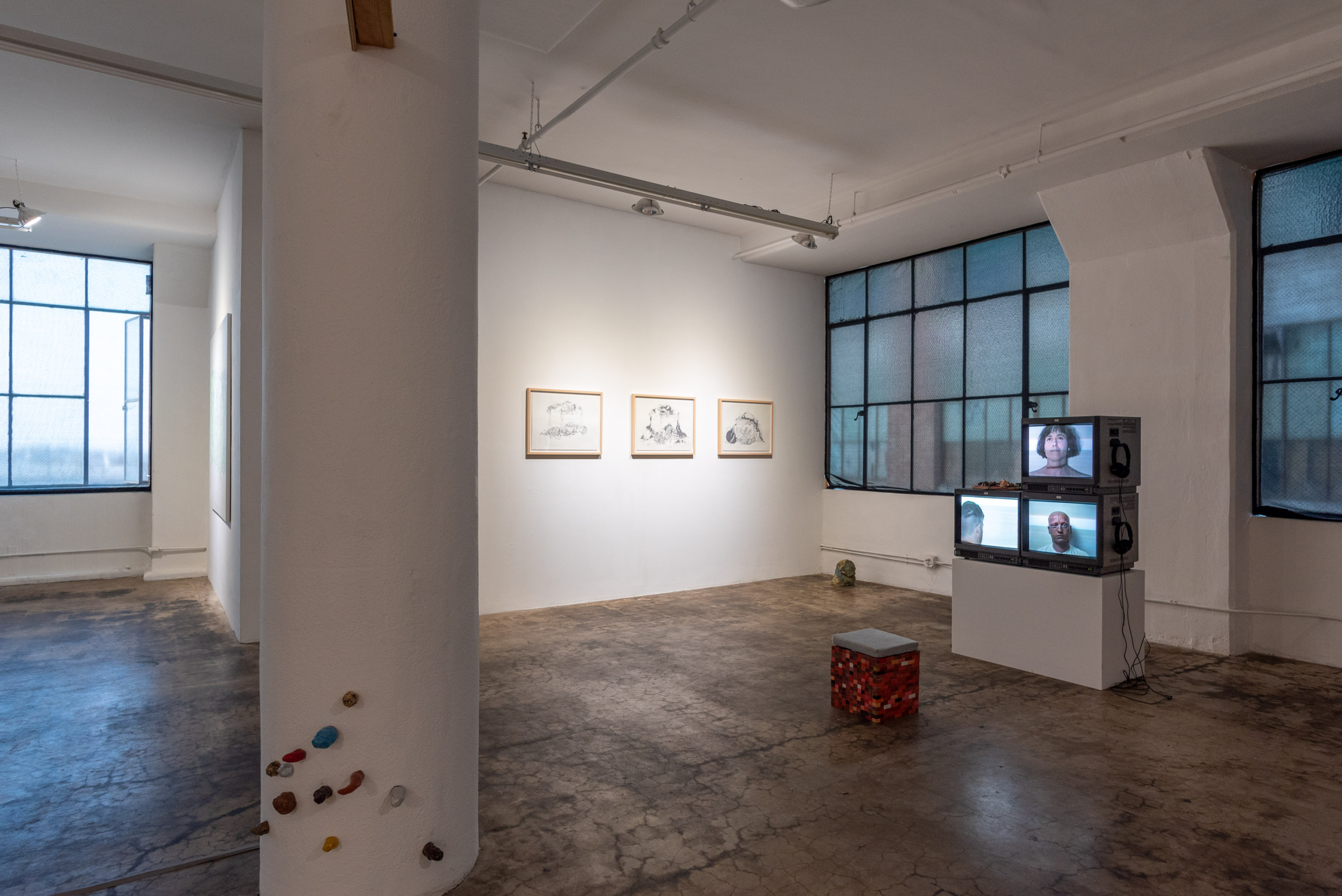
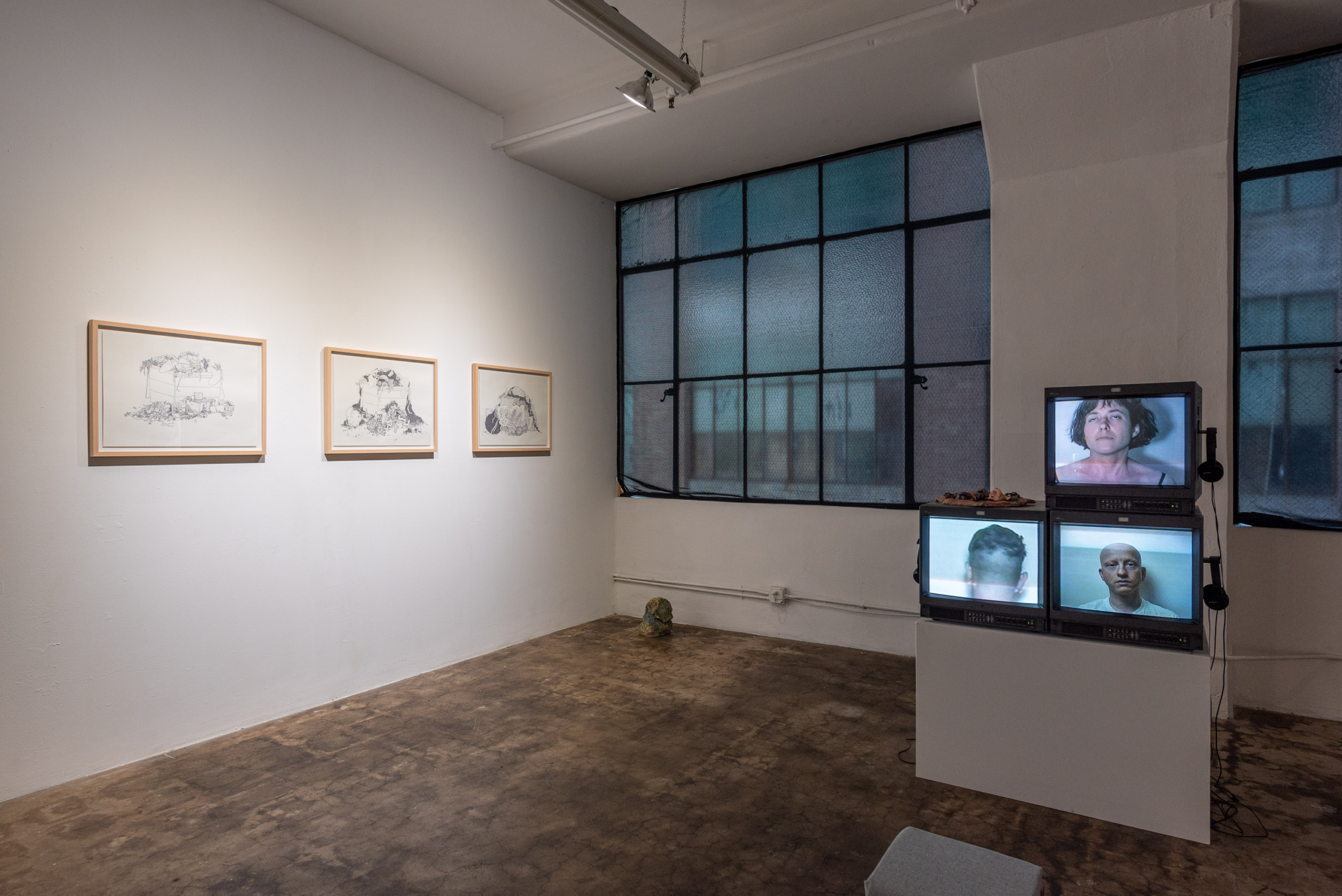
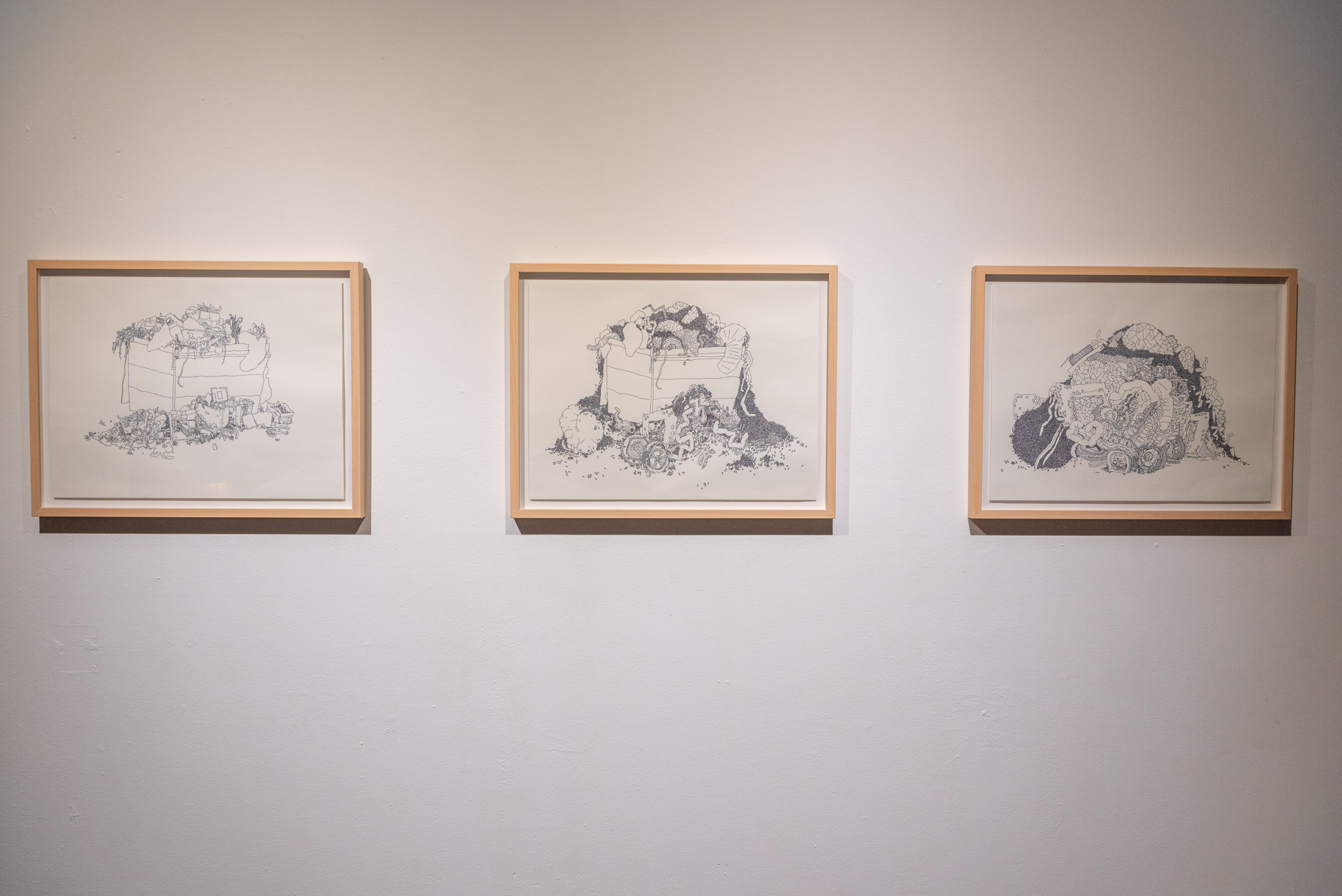
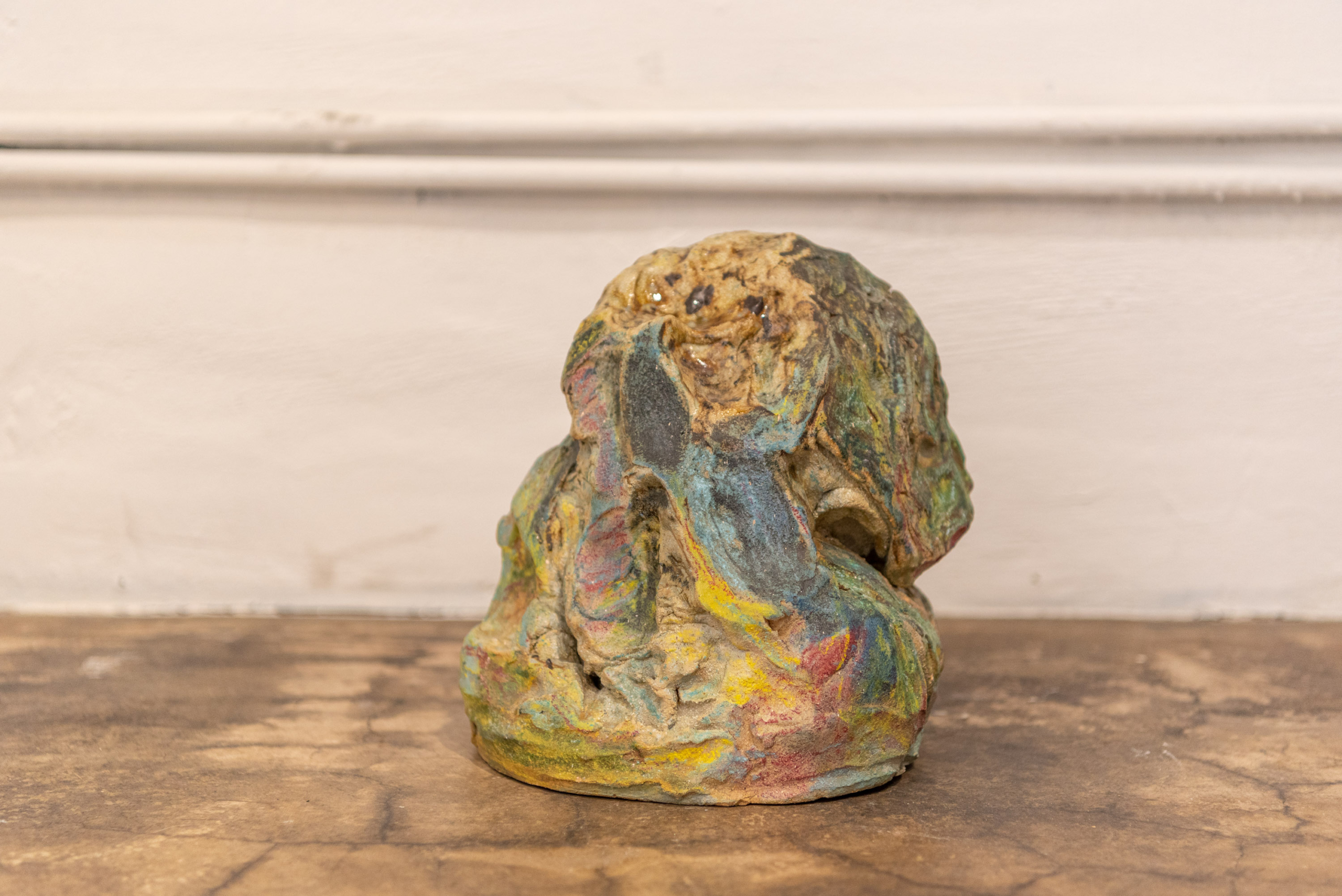
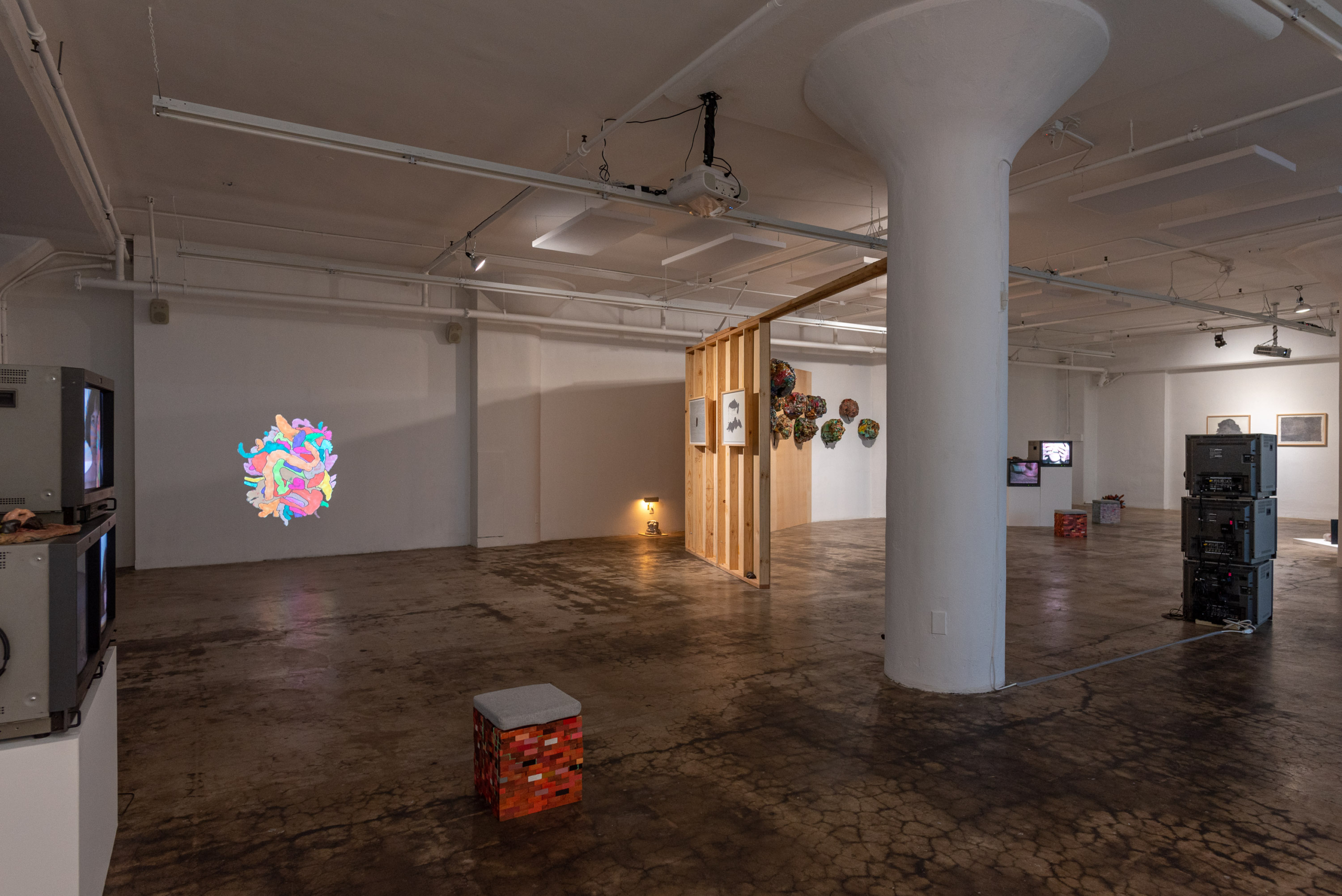
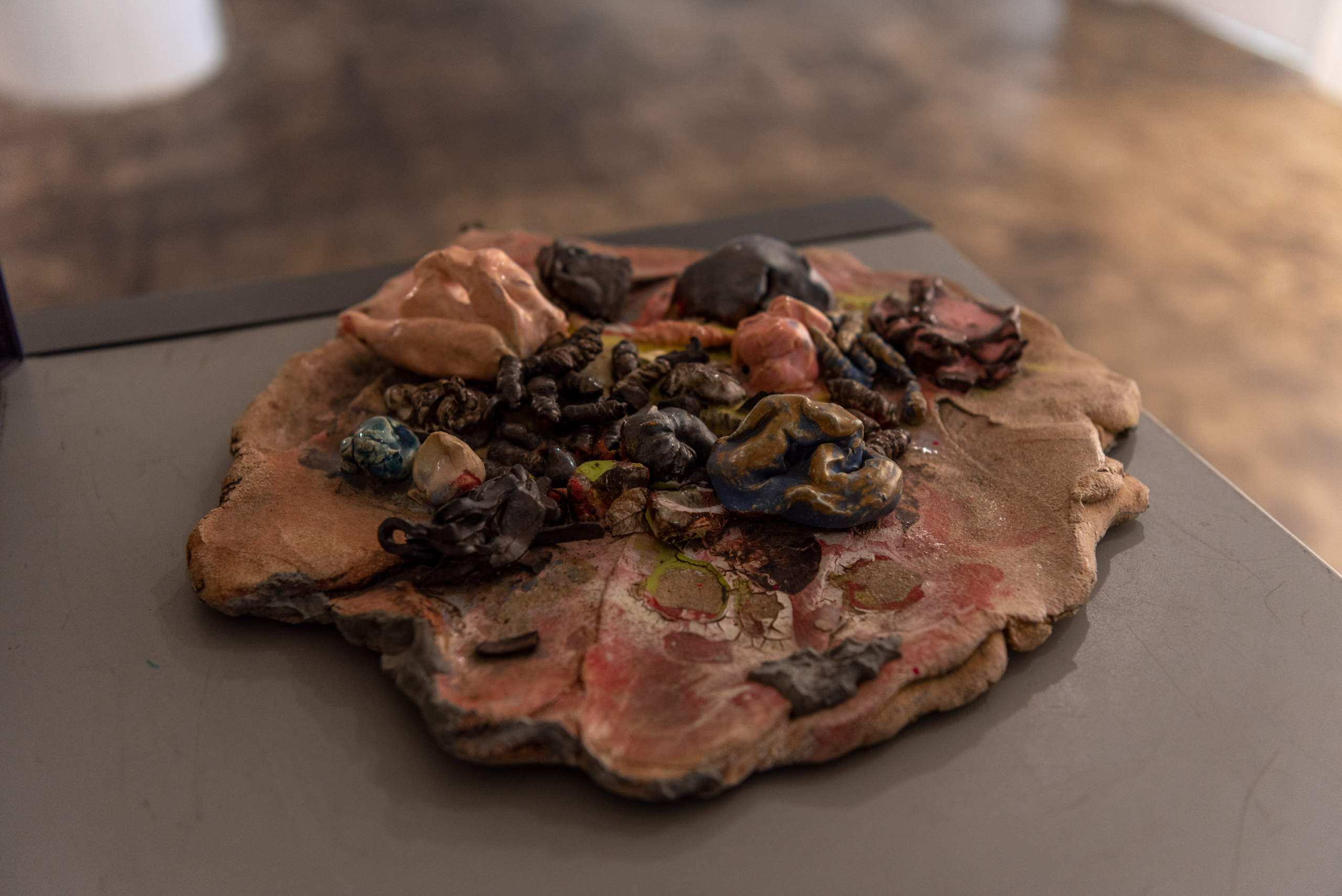
Photos by Chris Wormald.

0